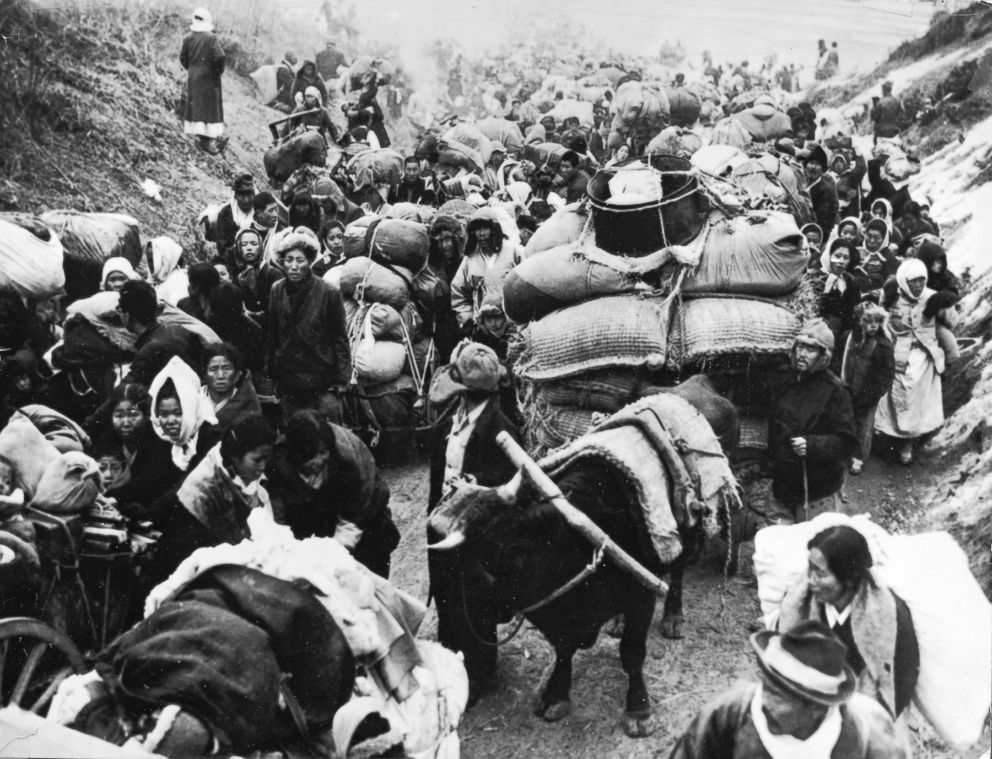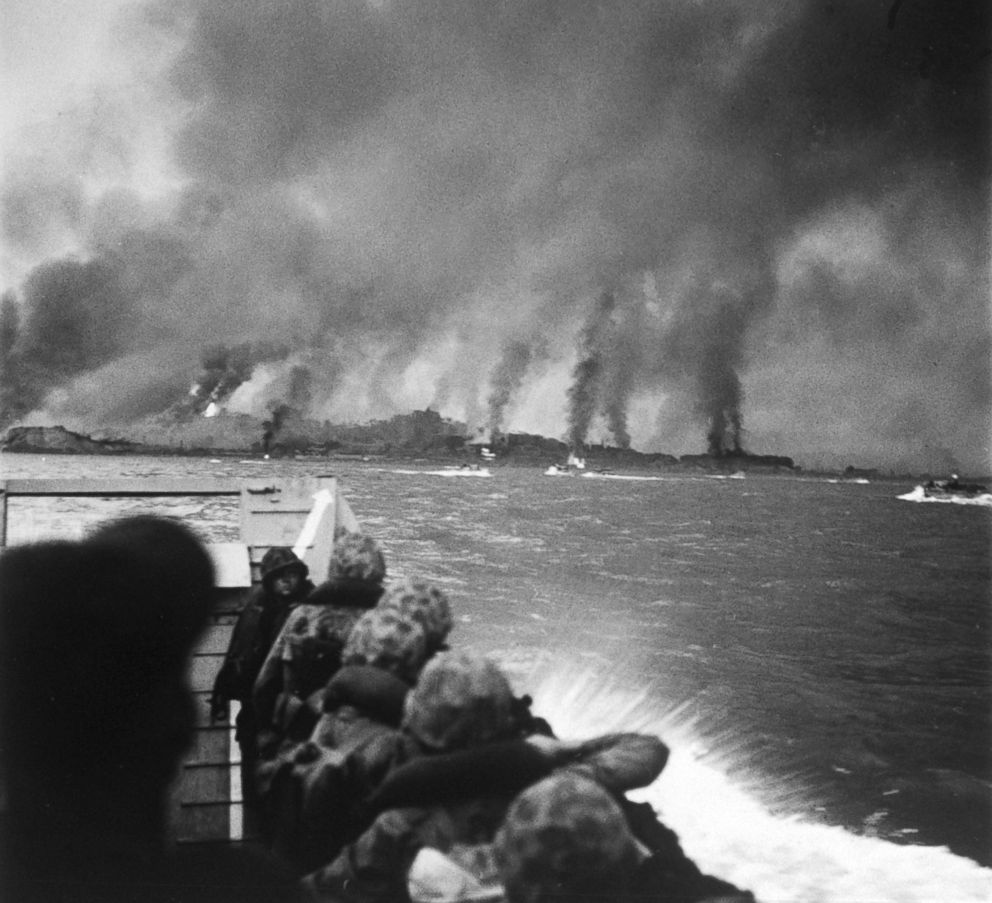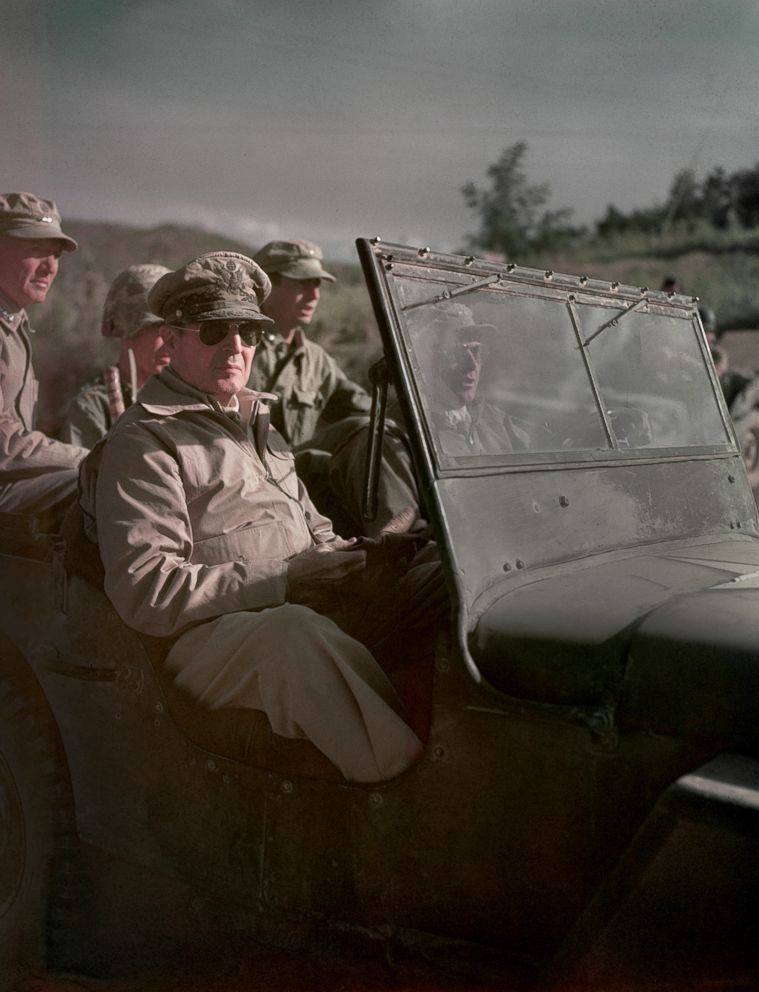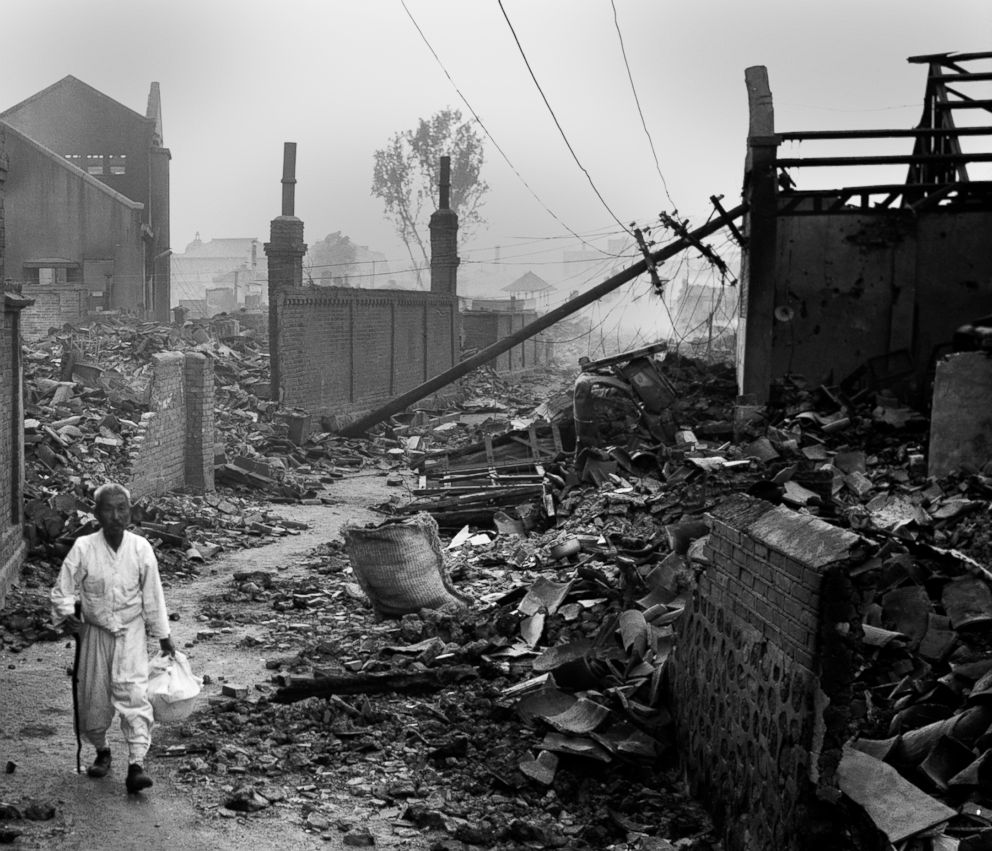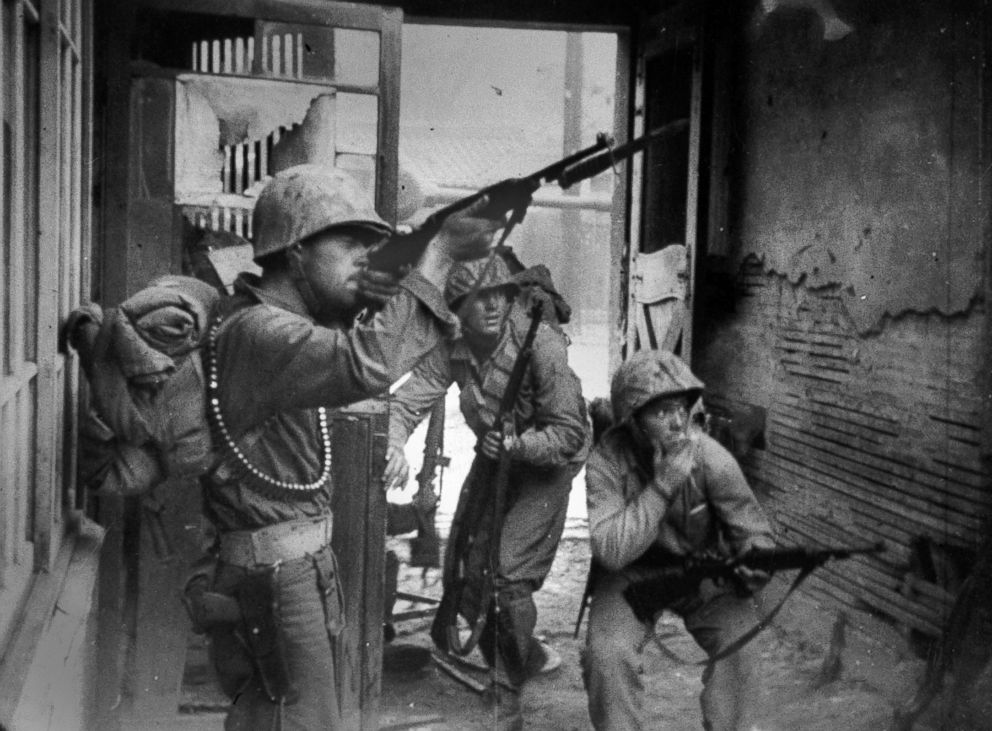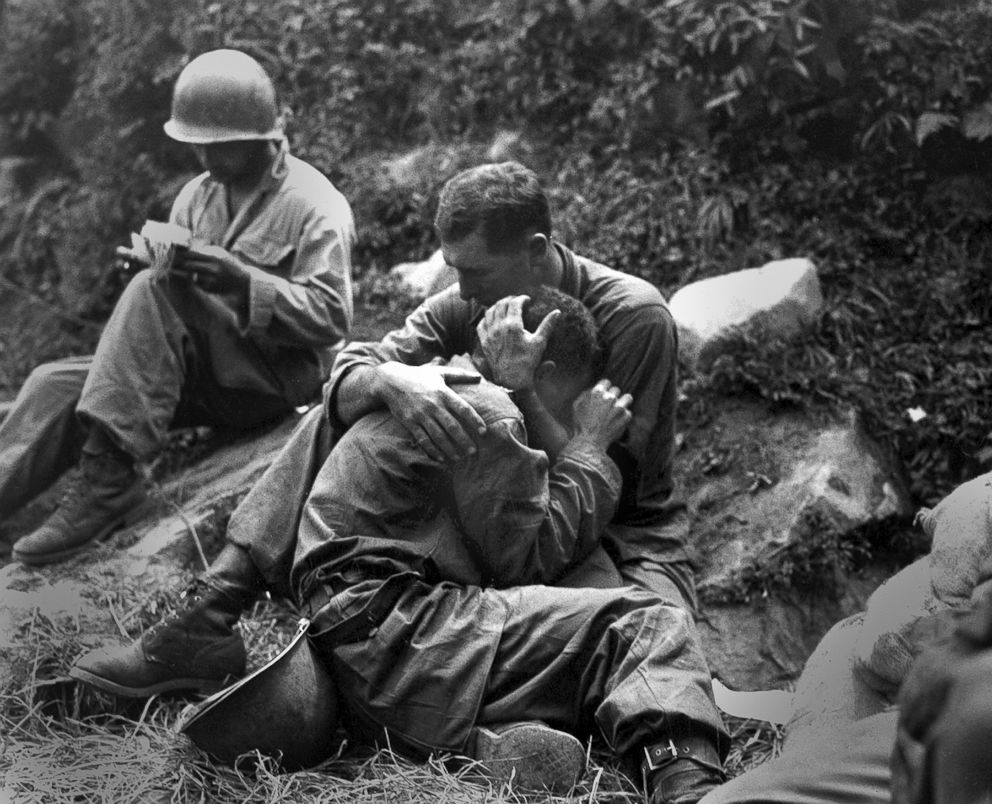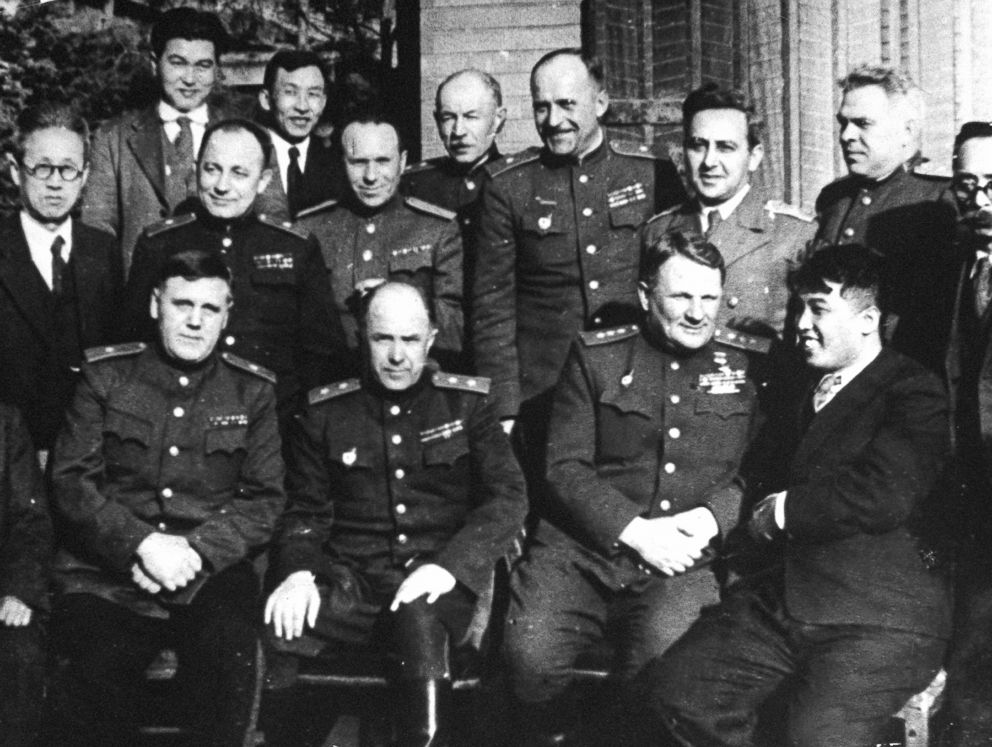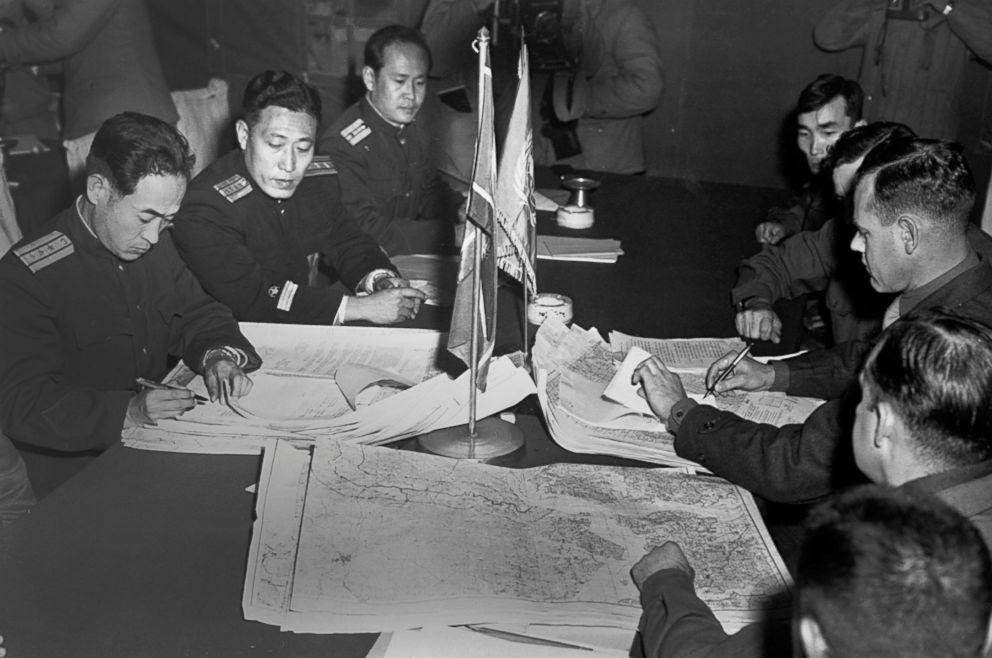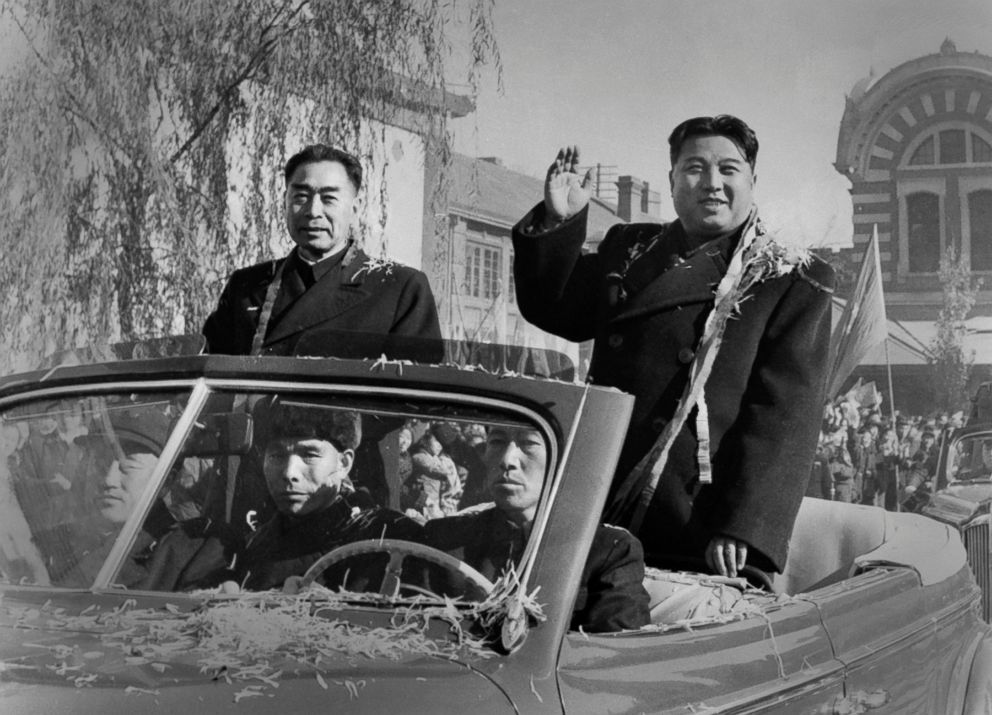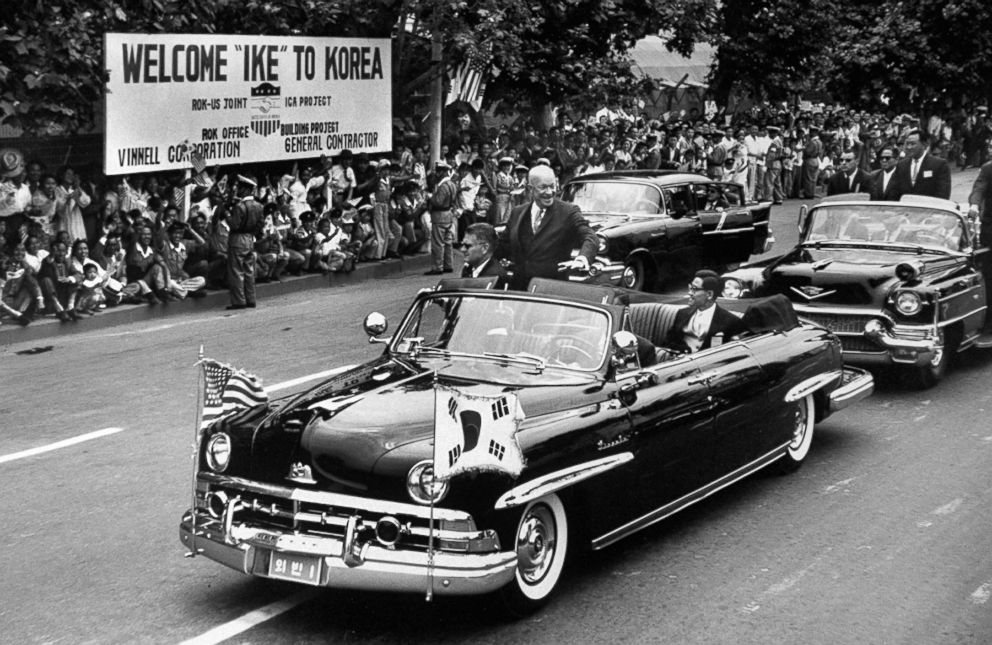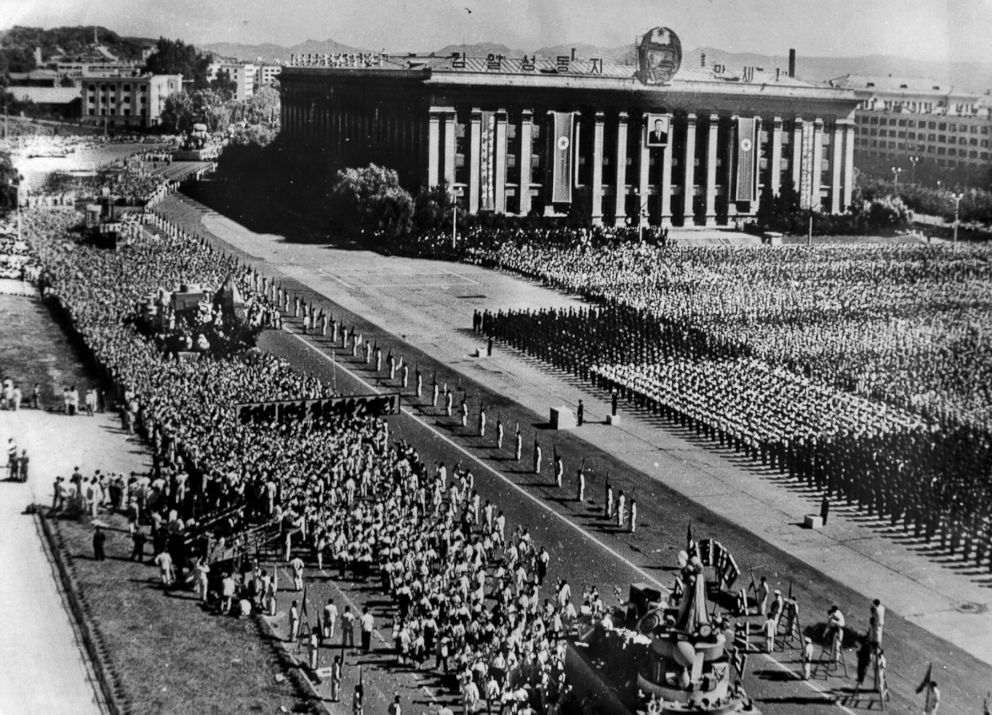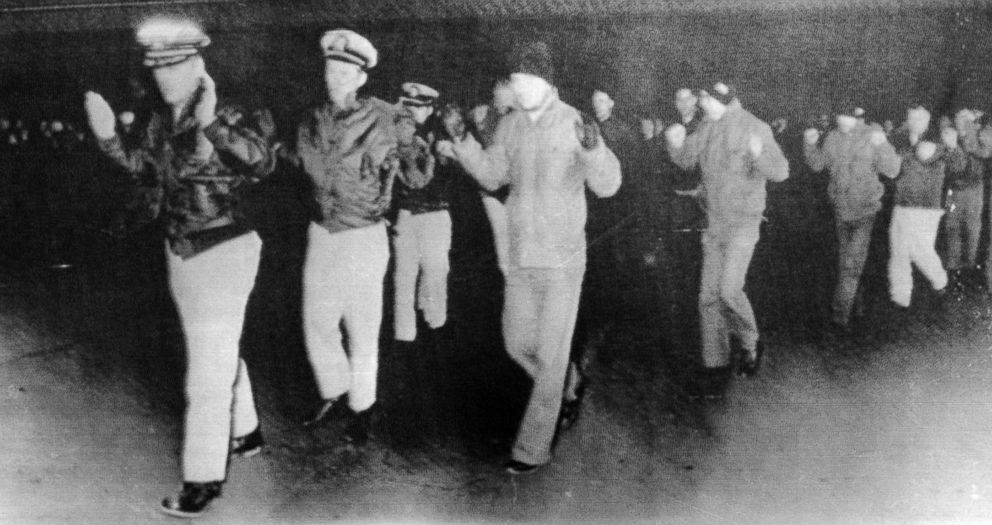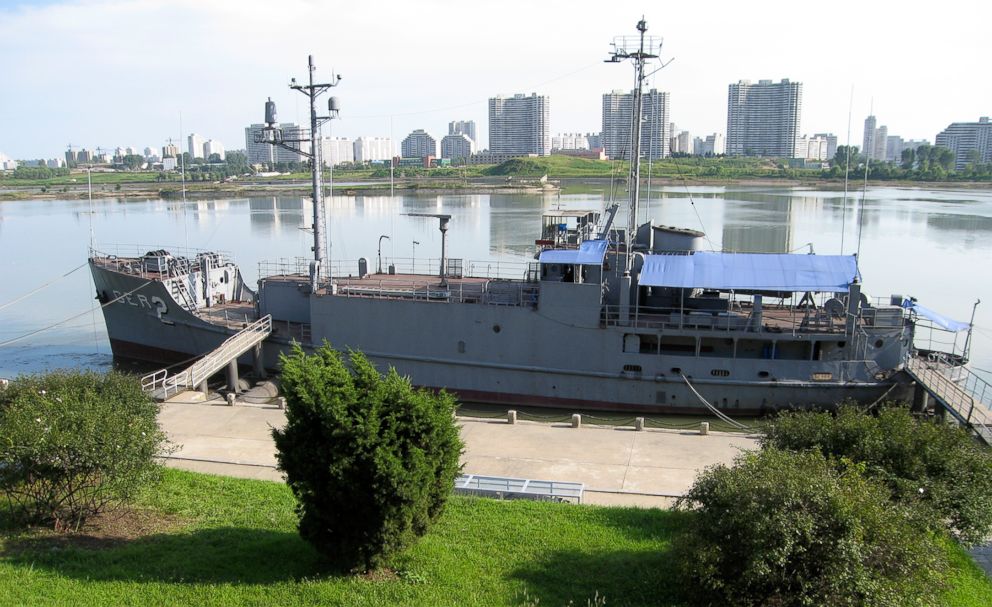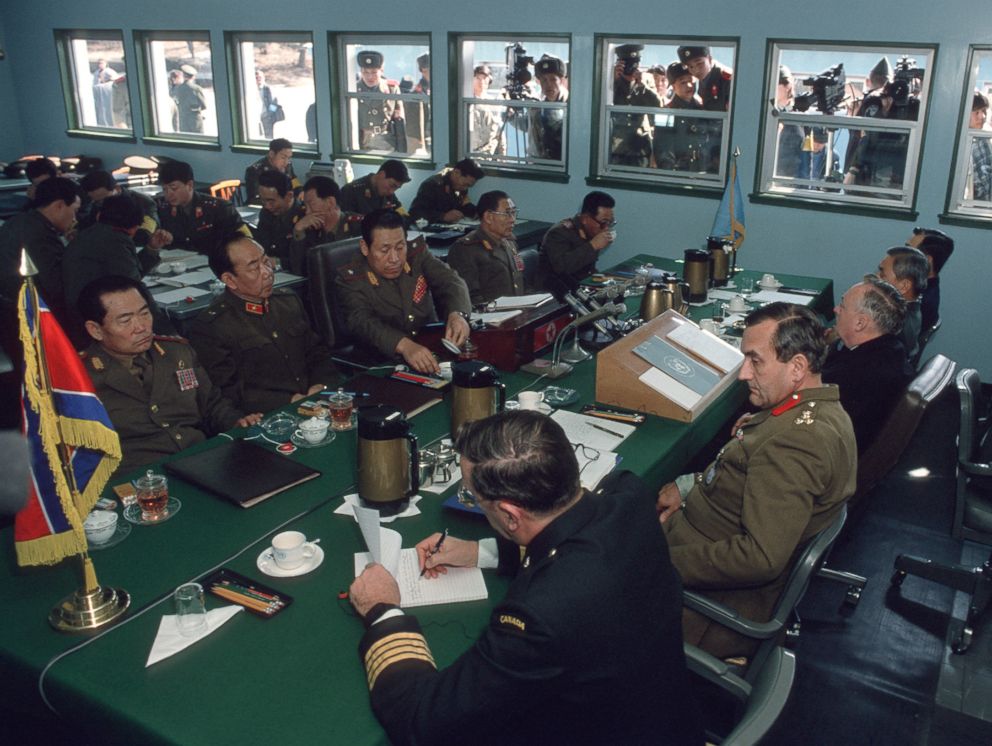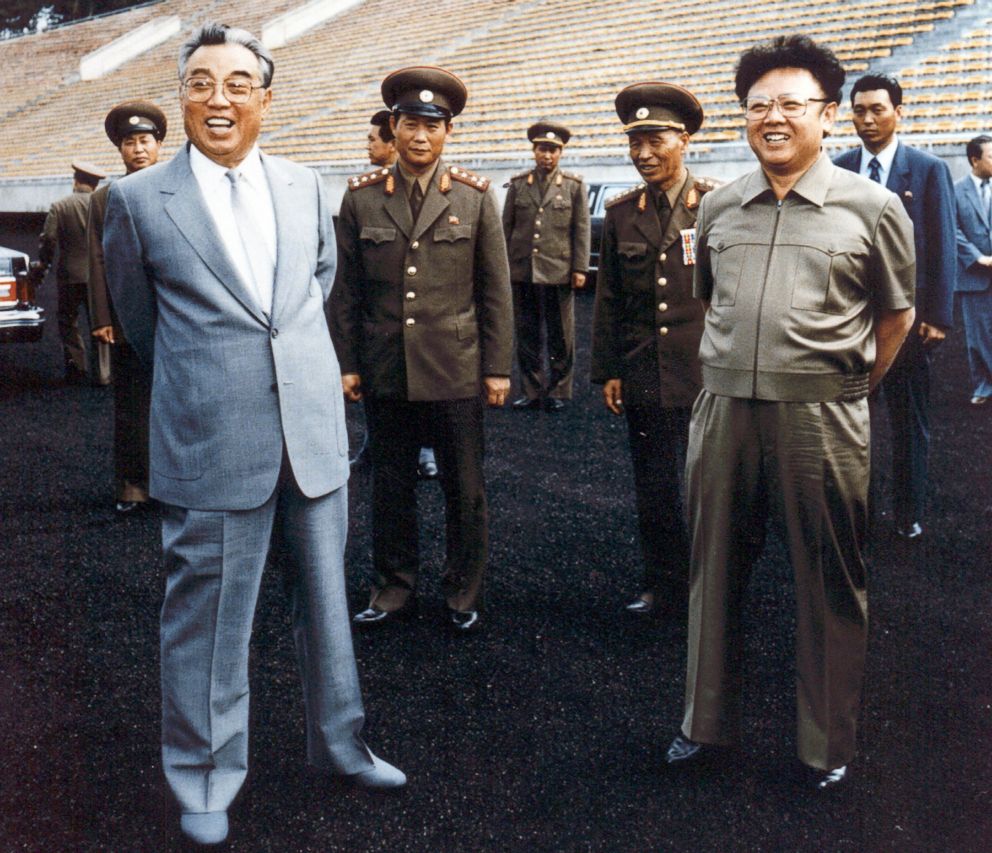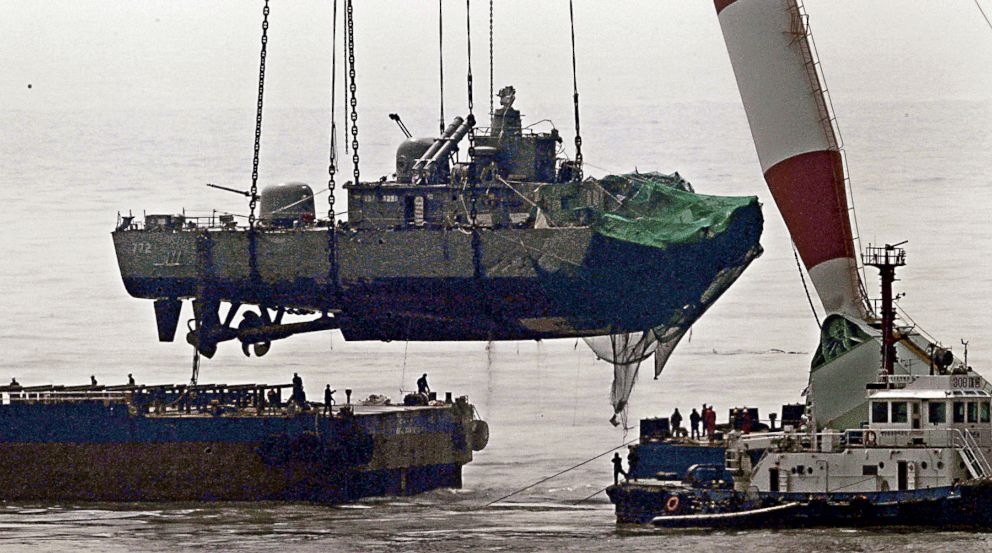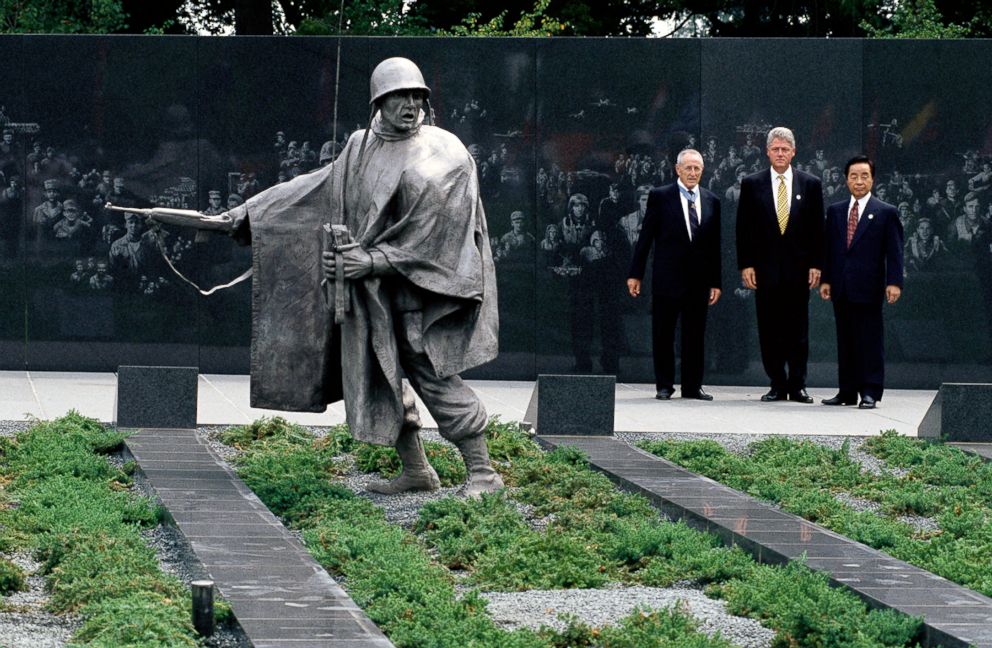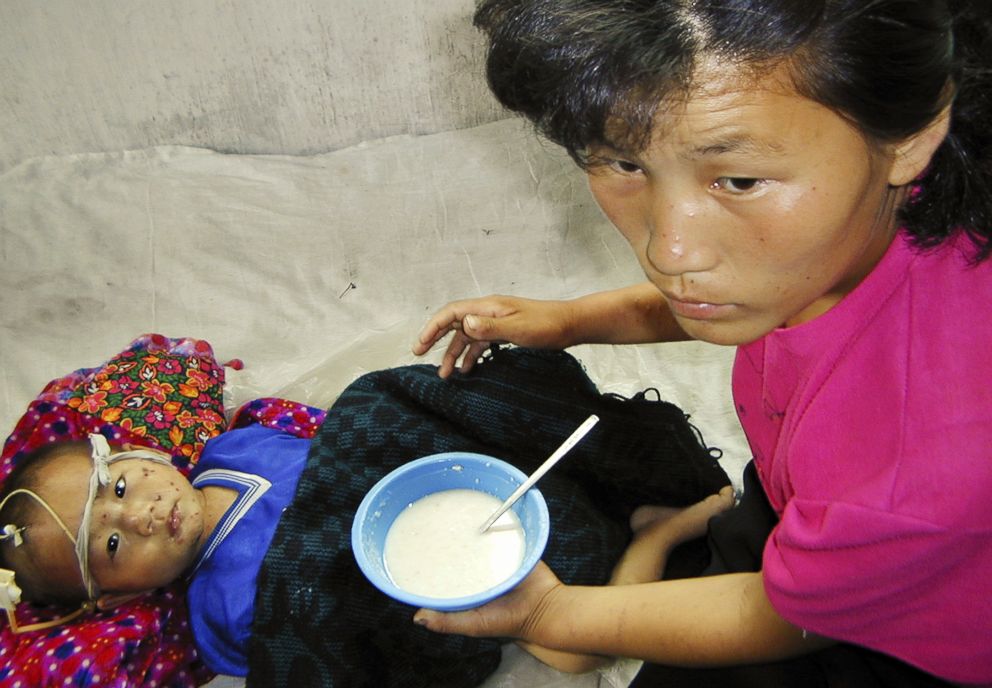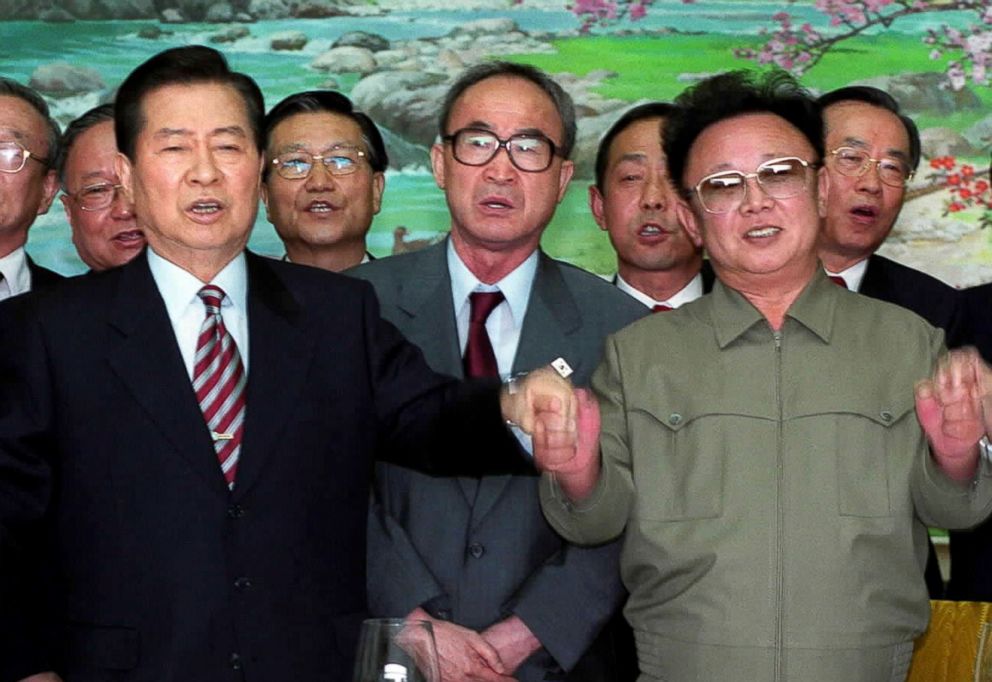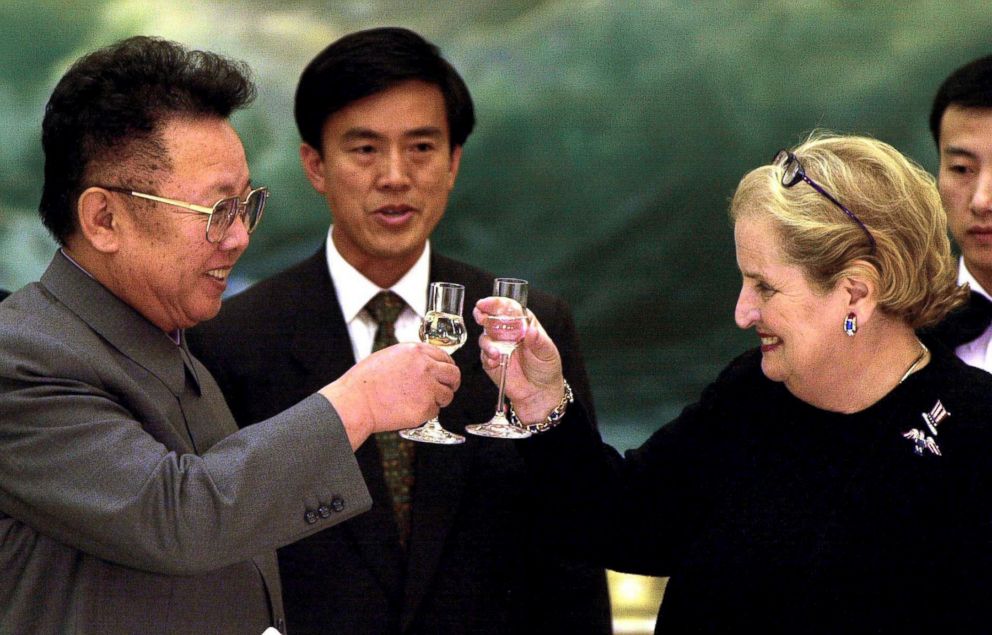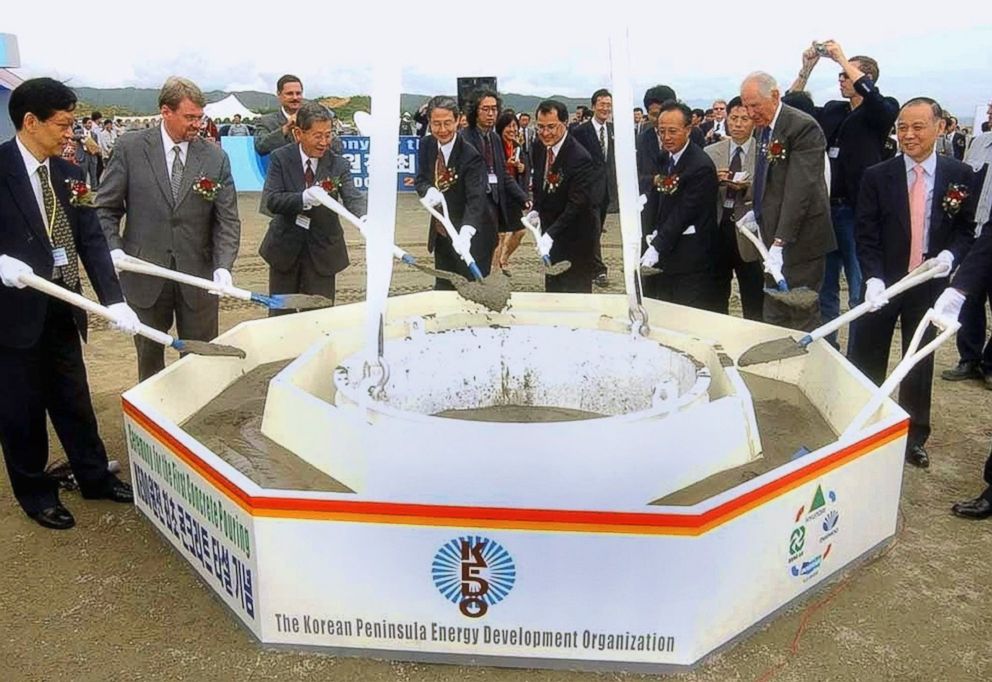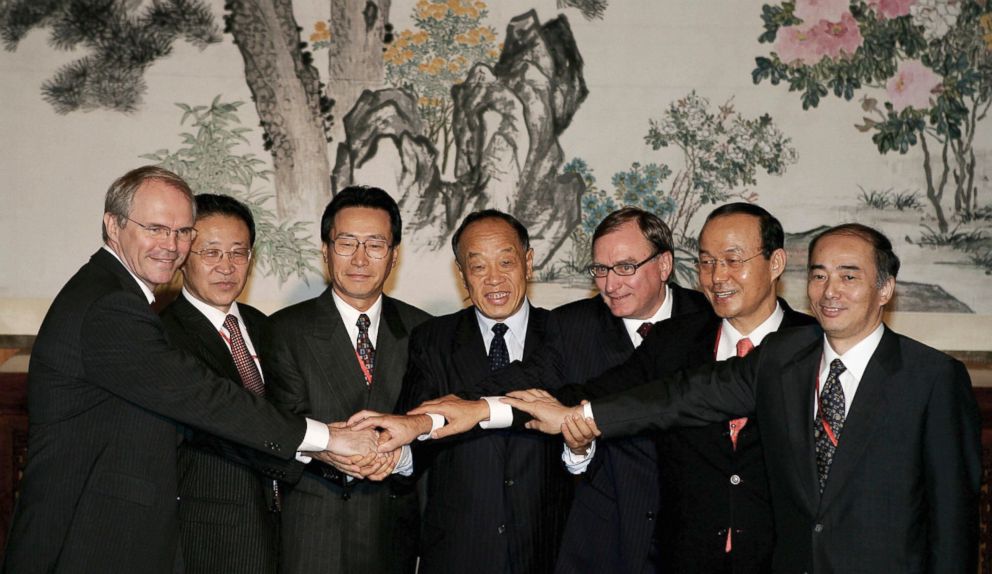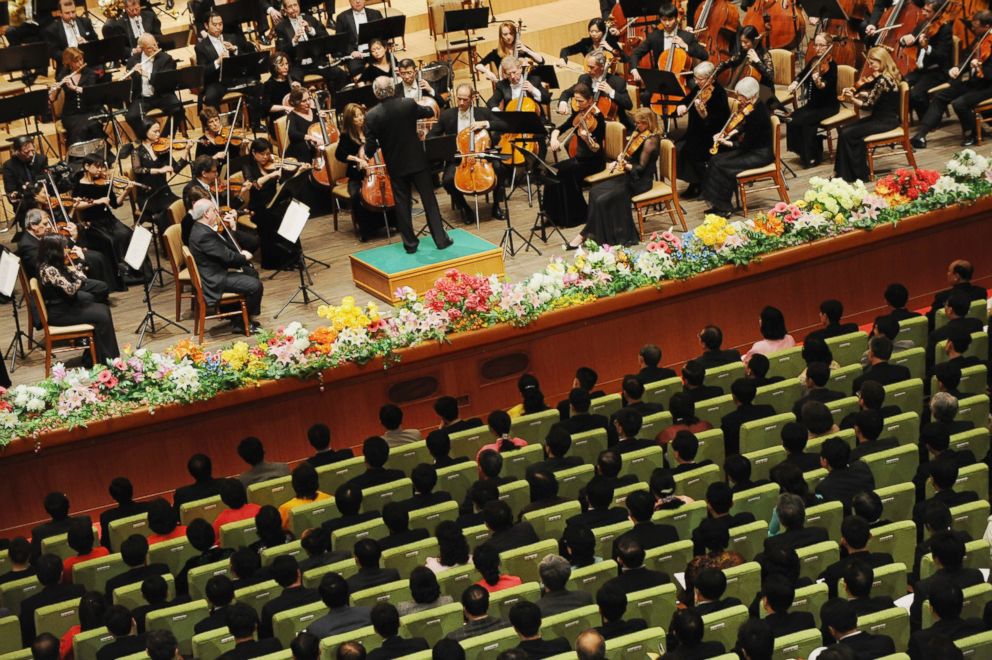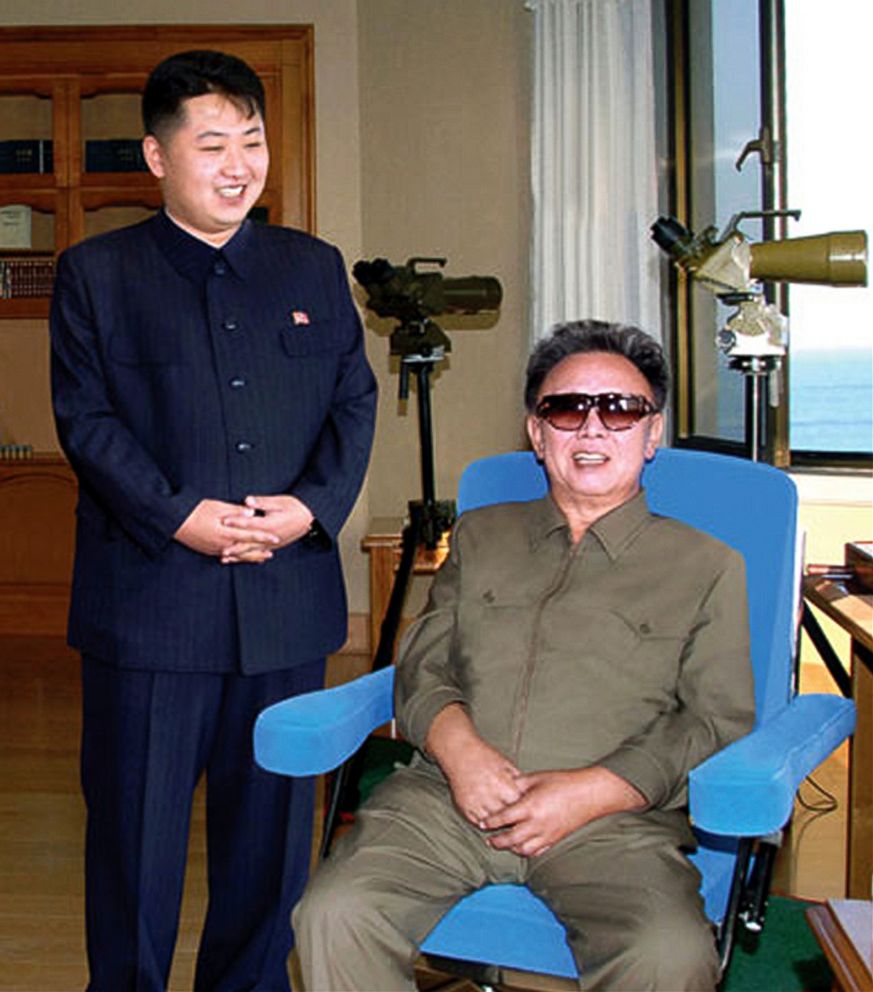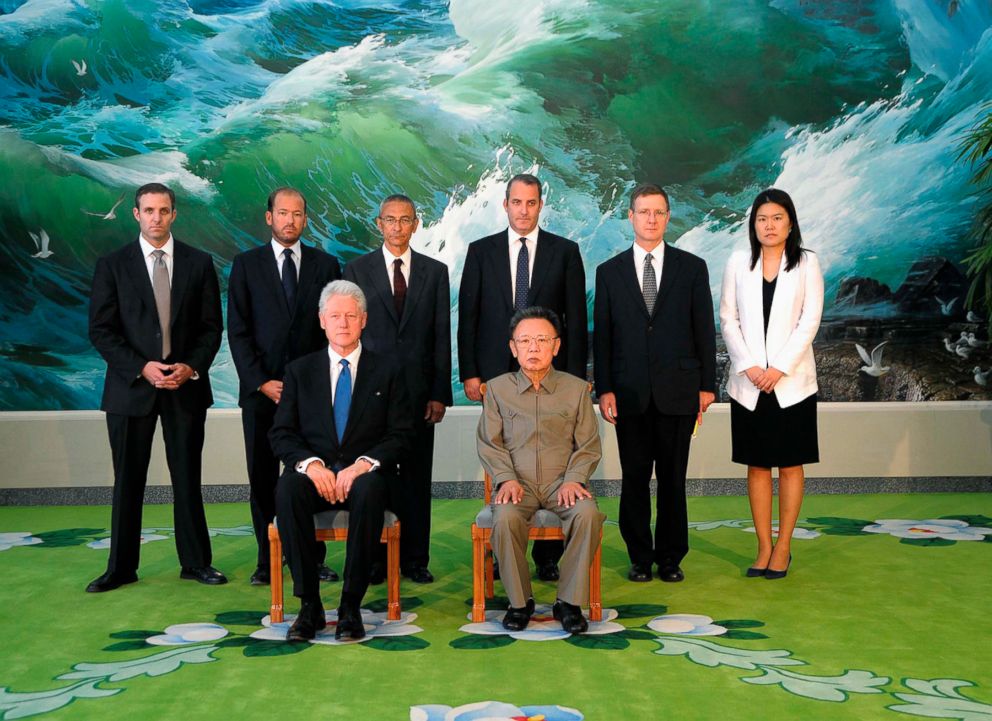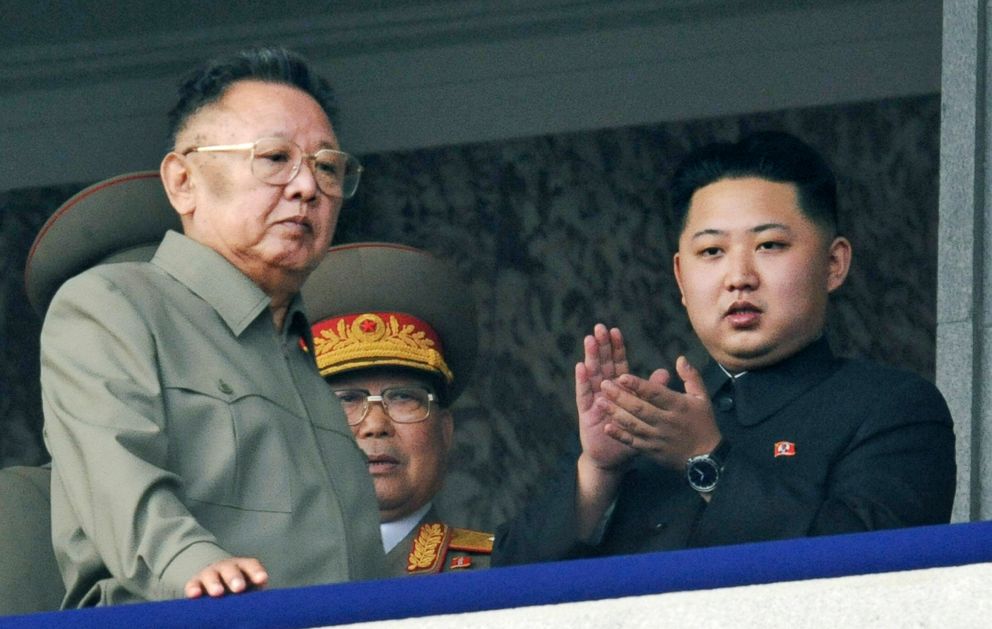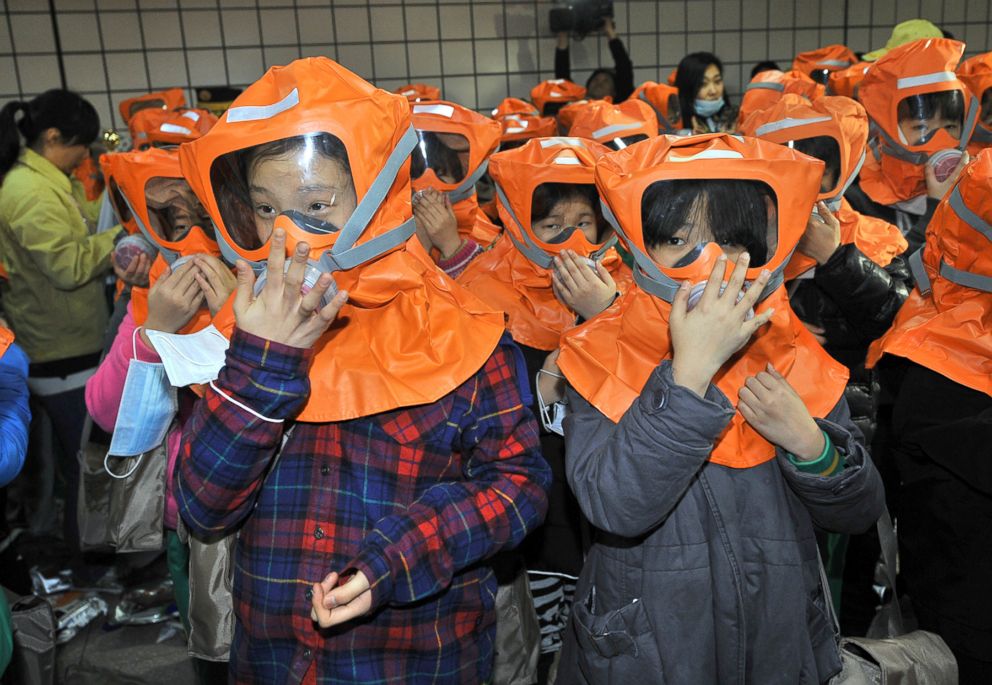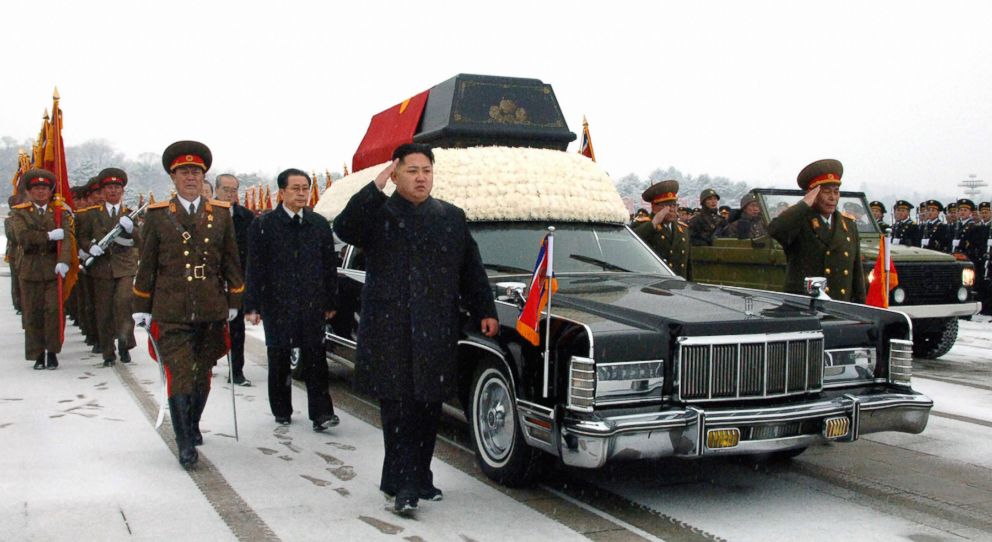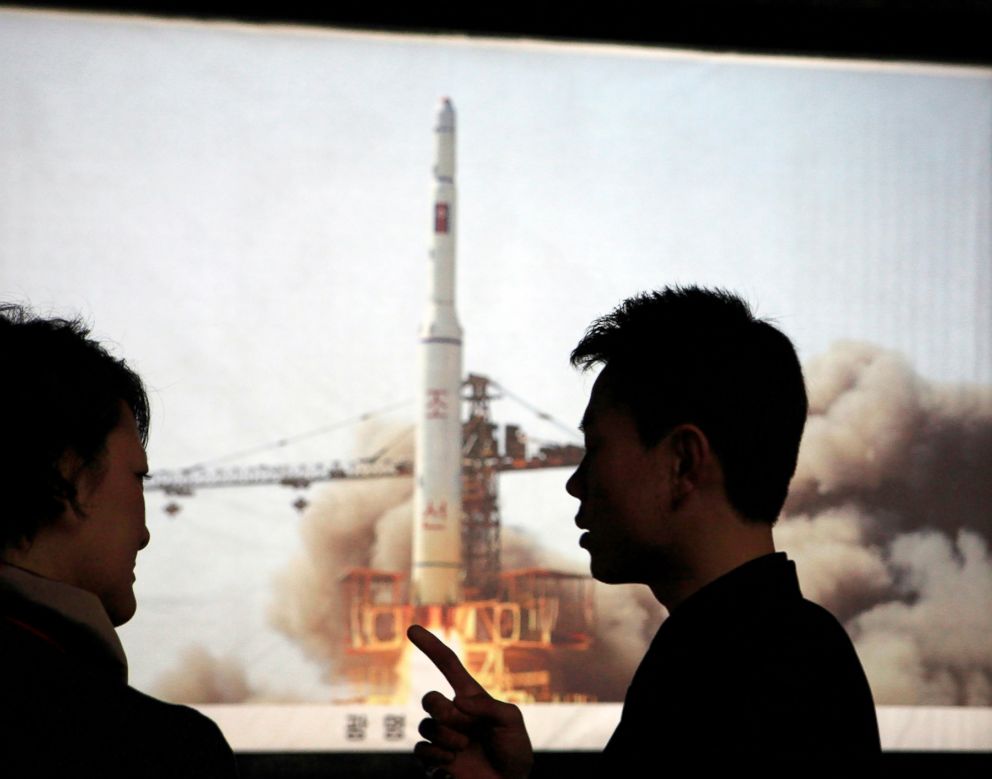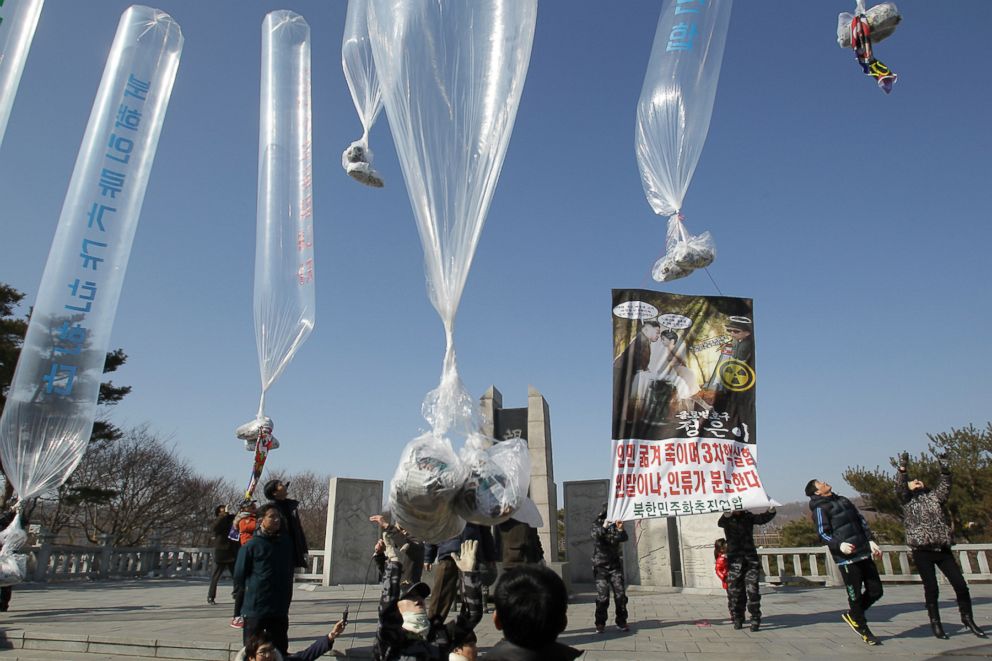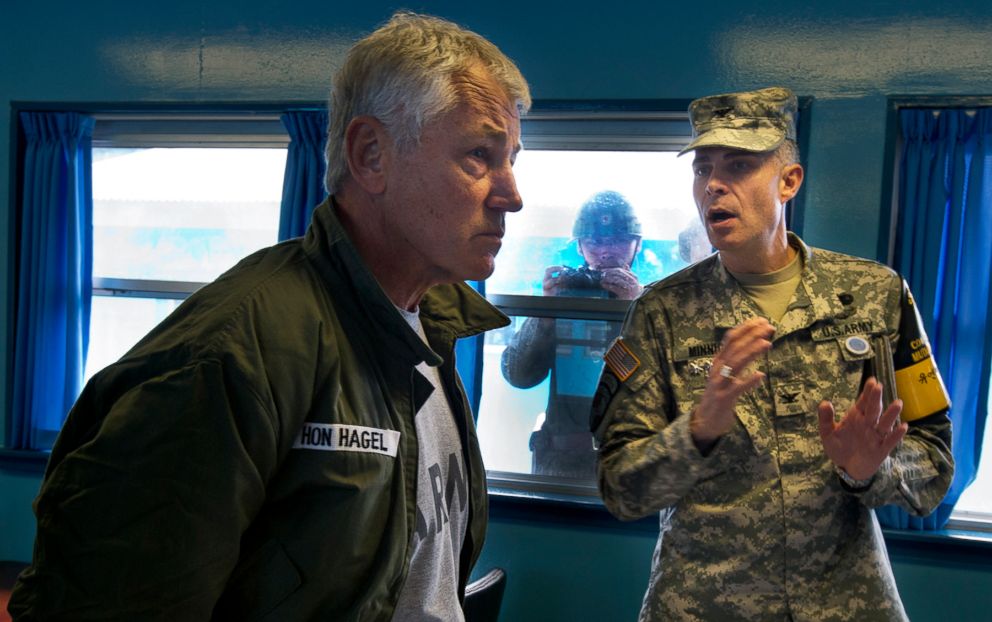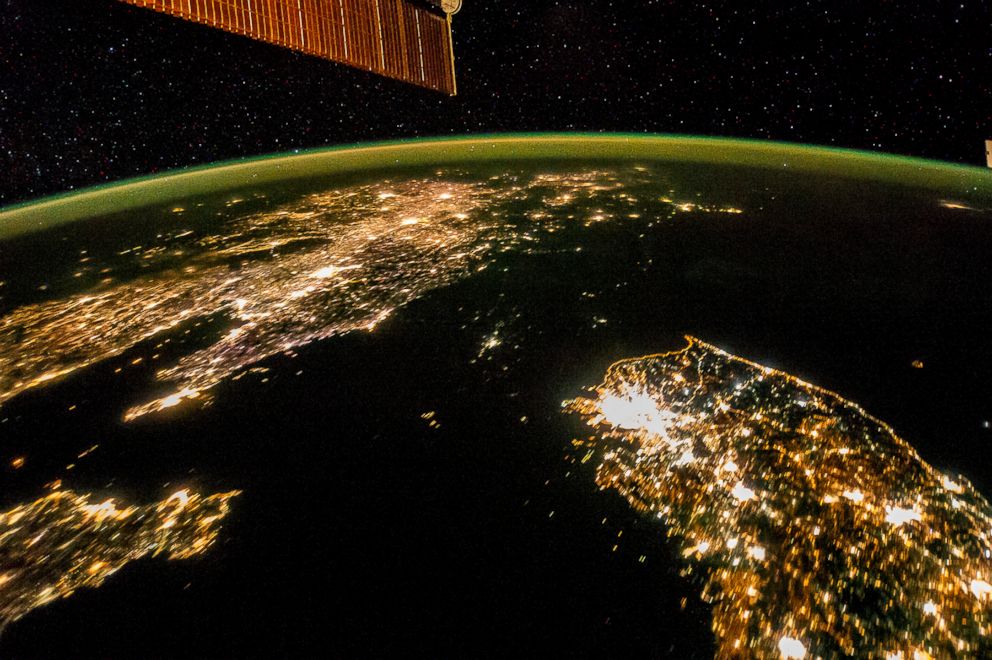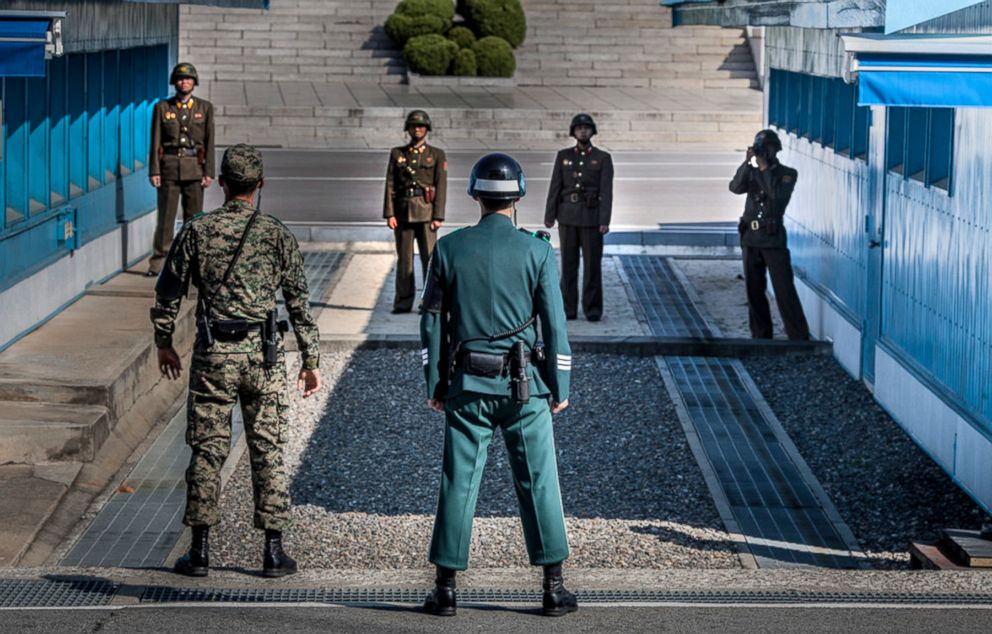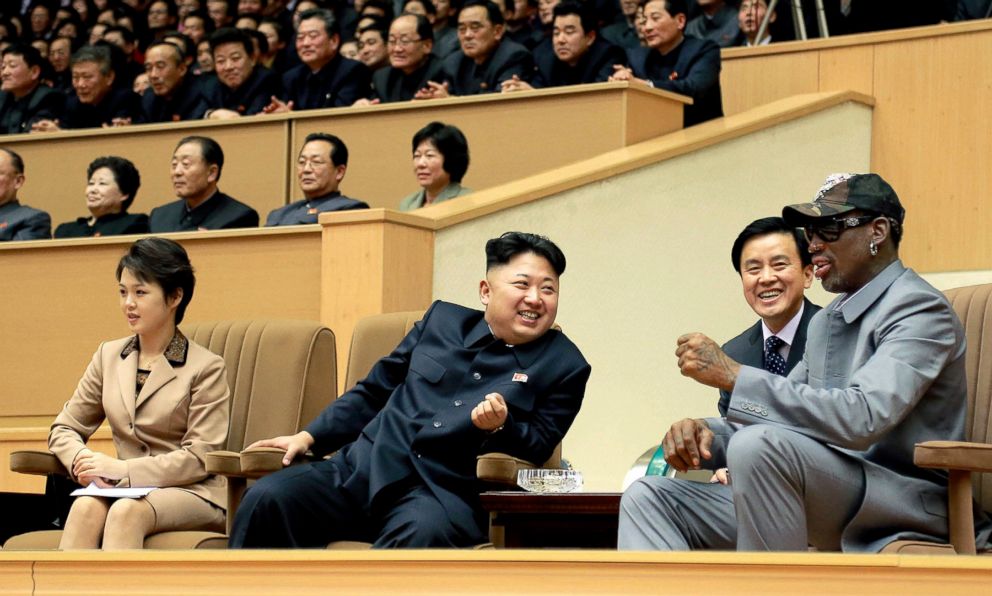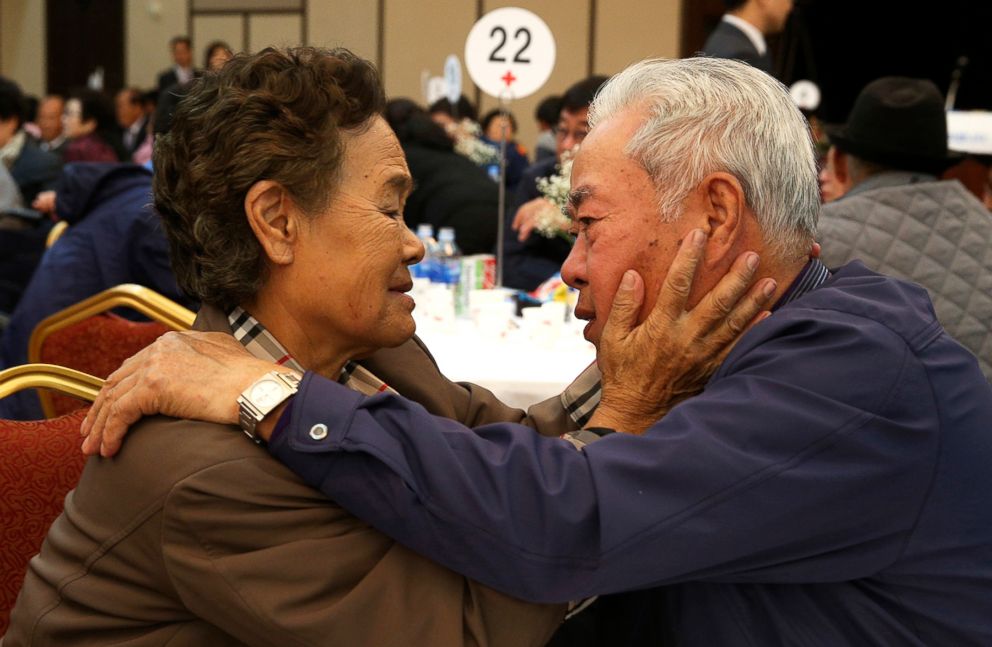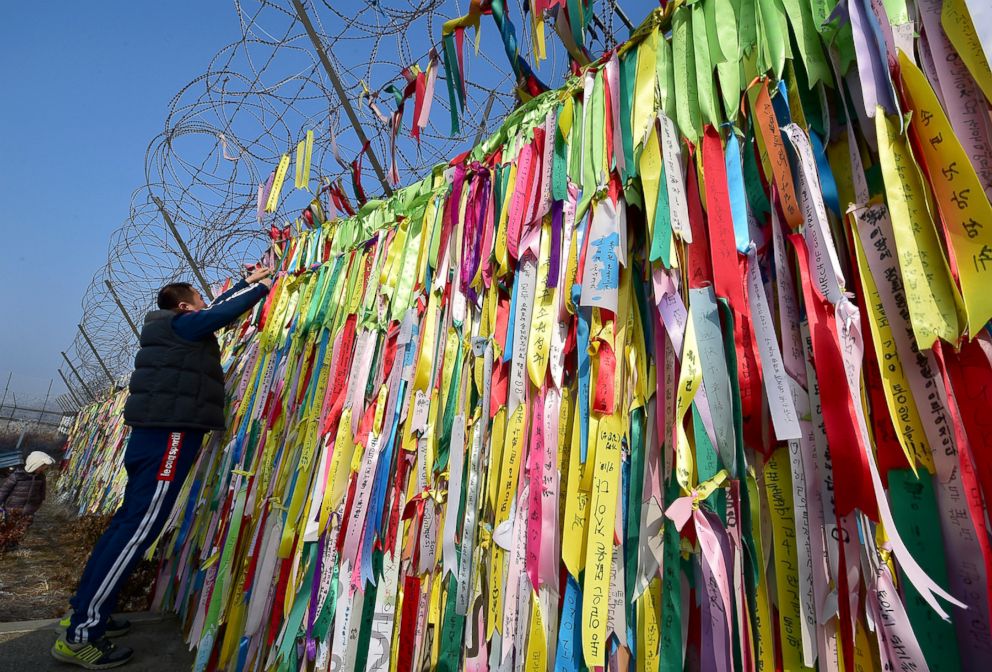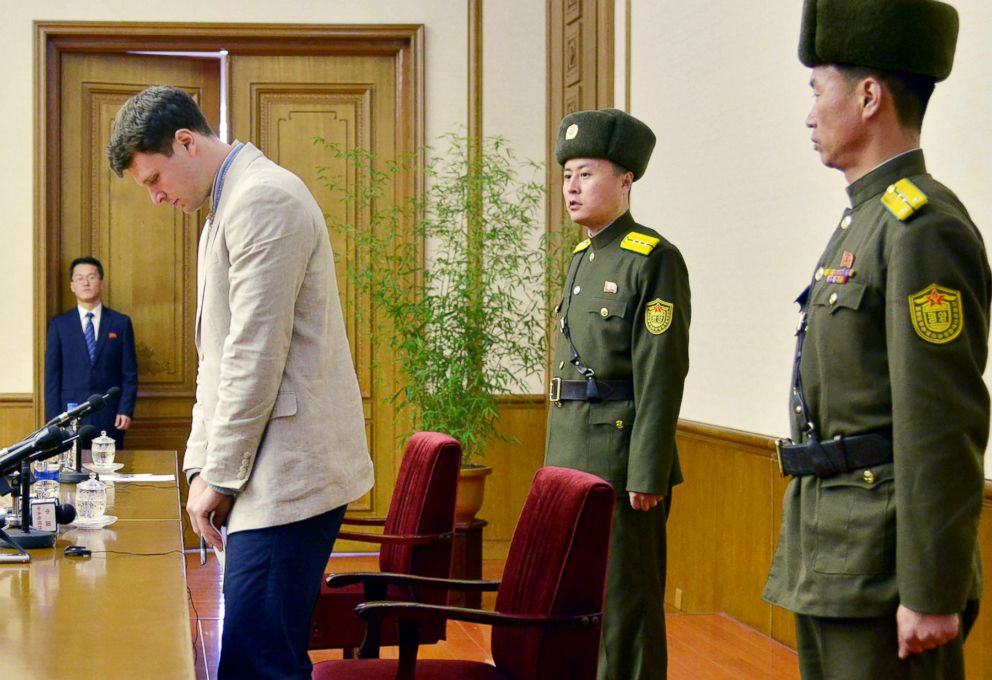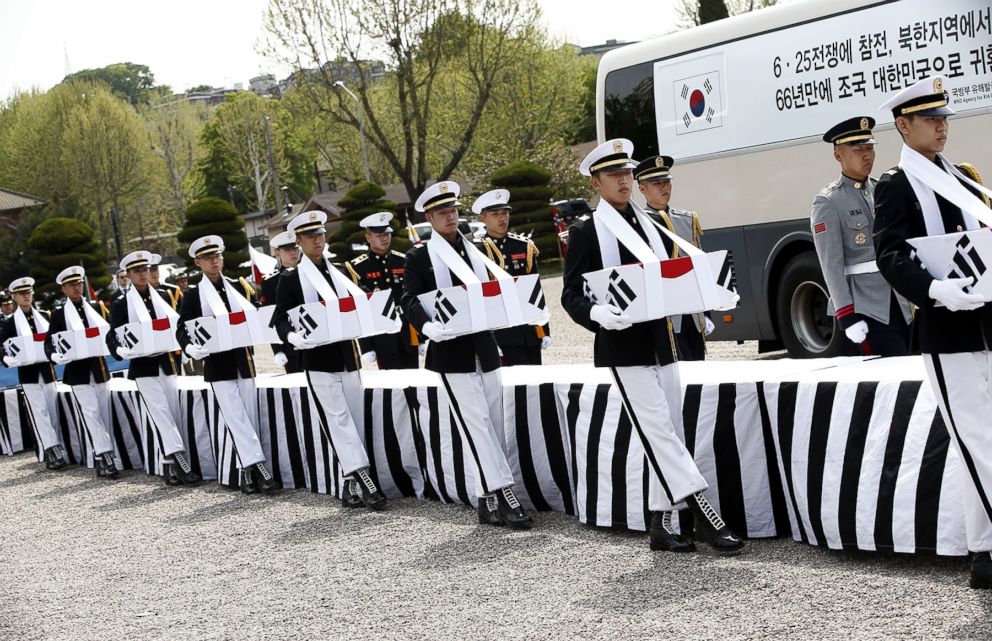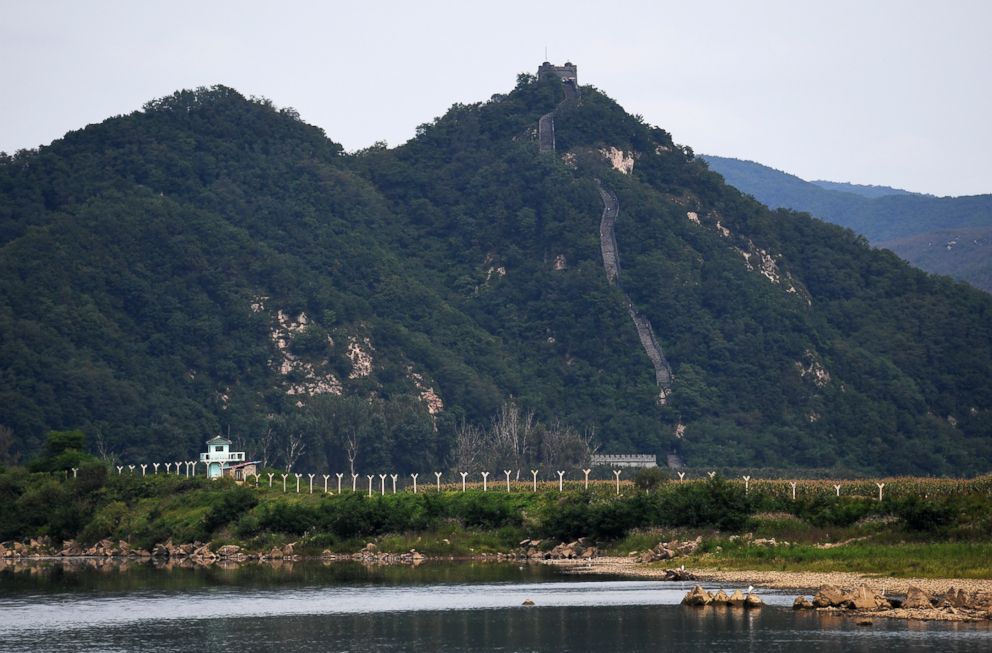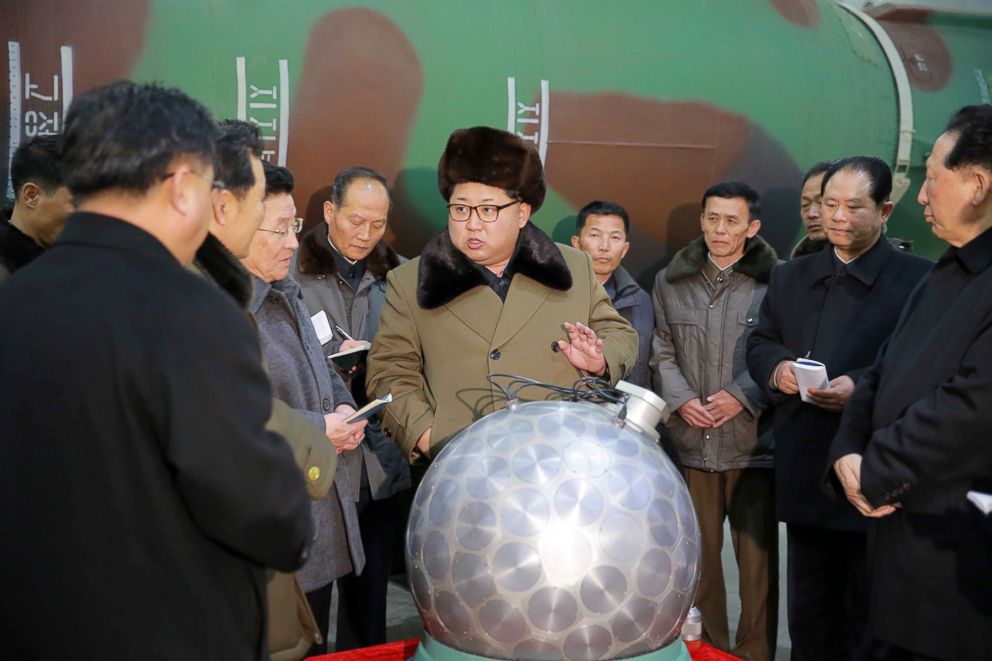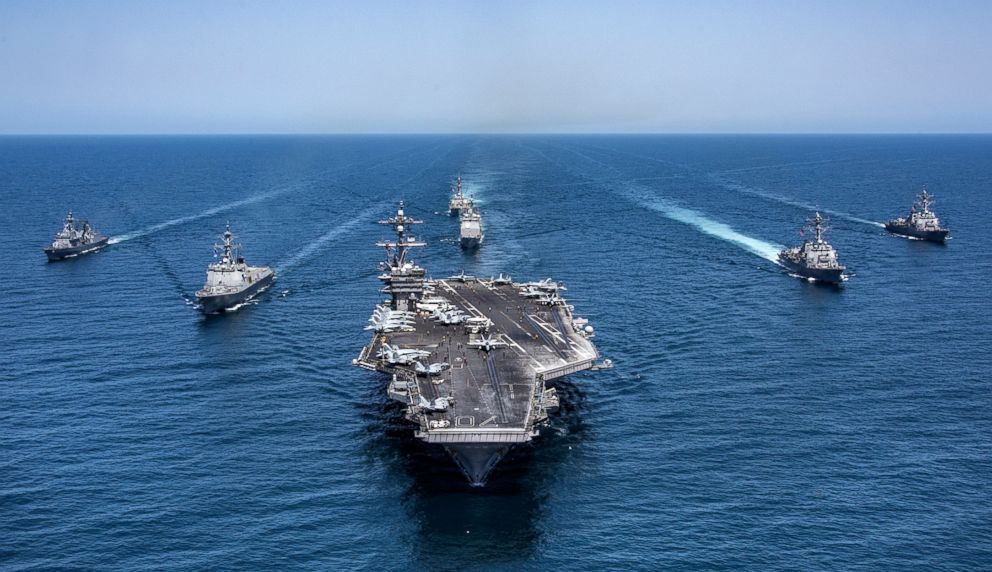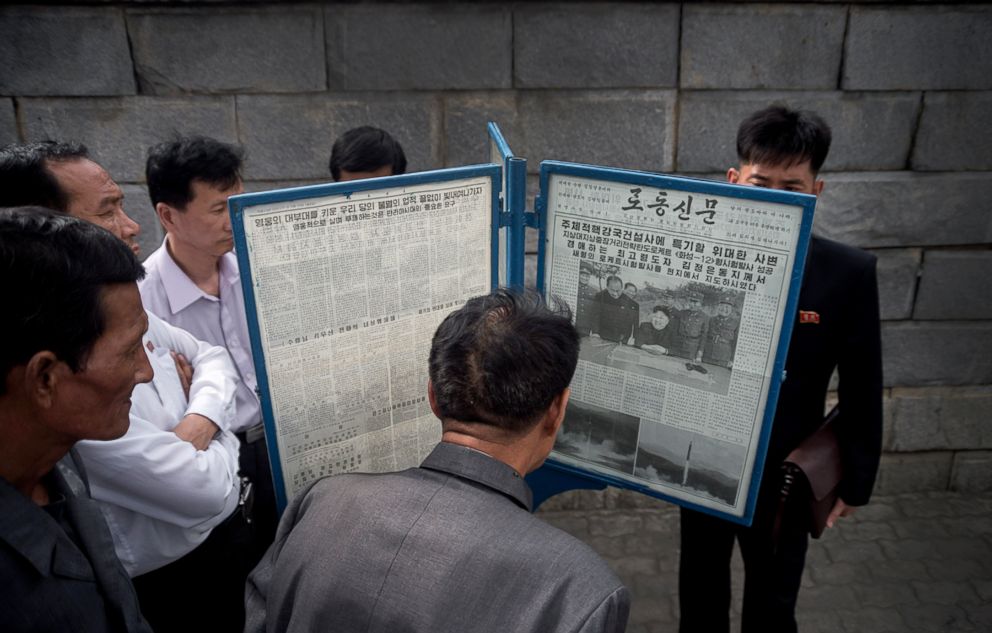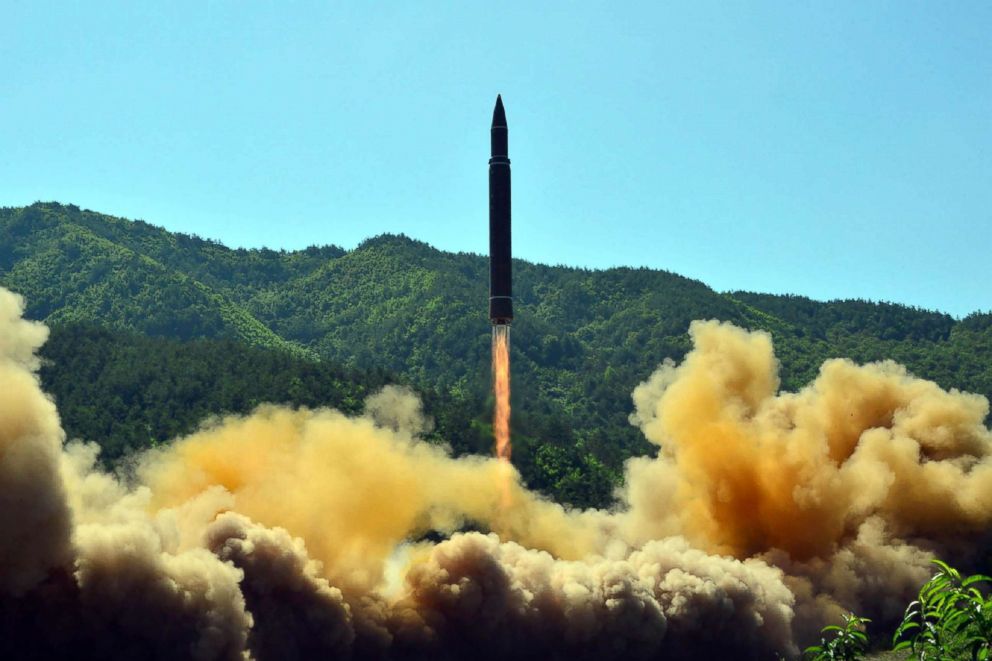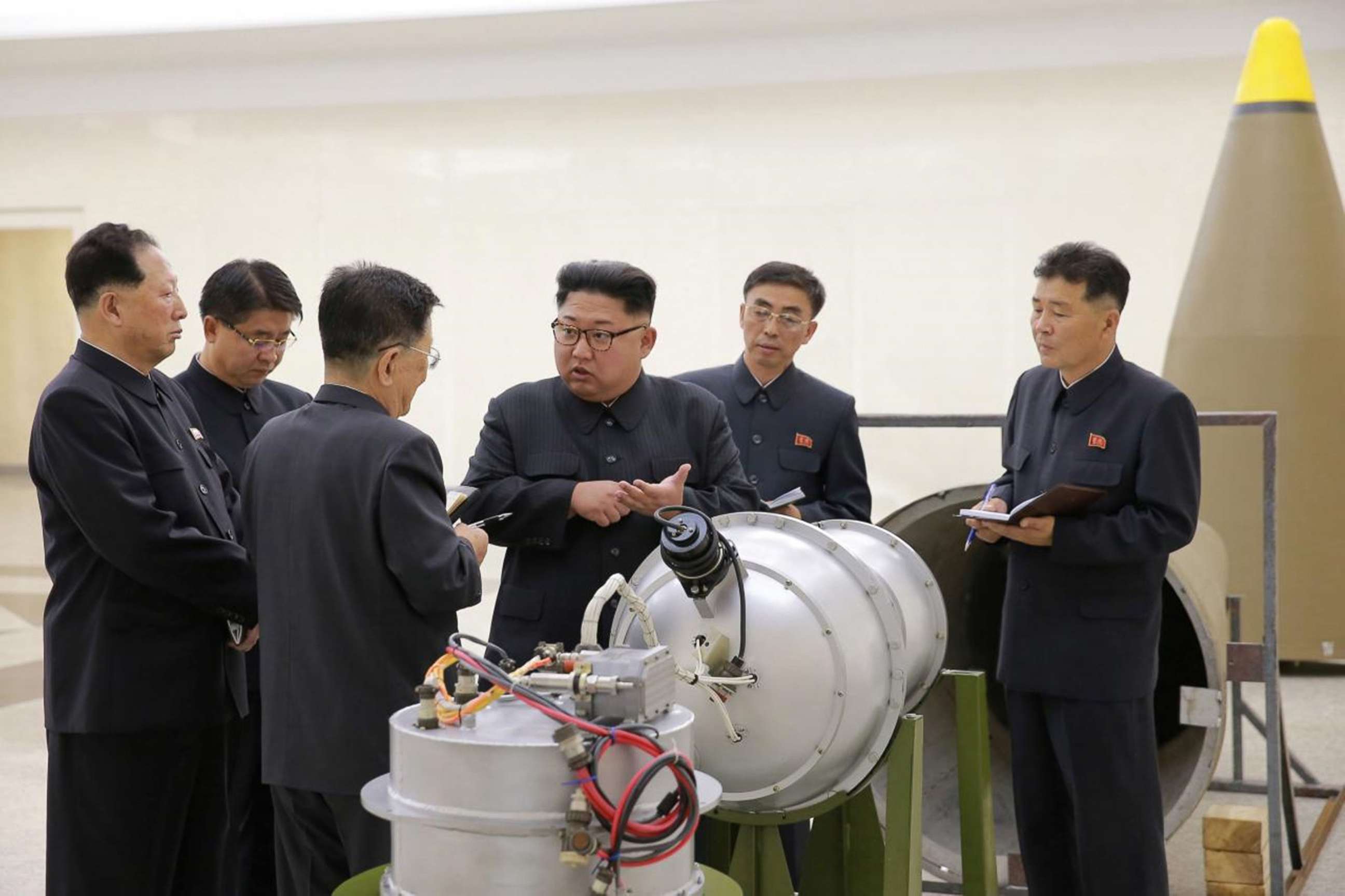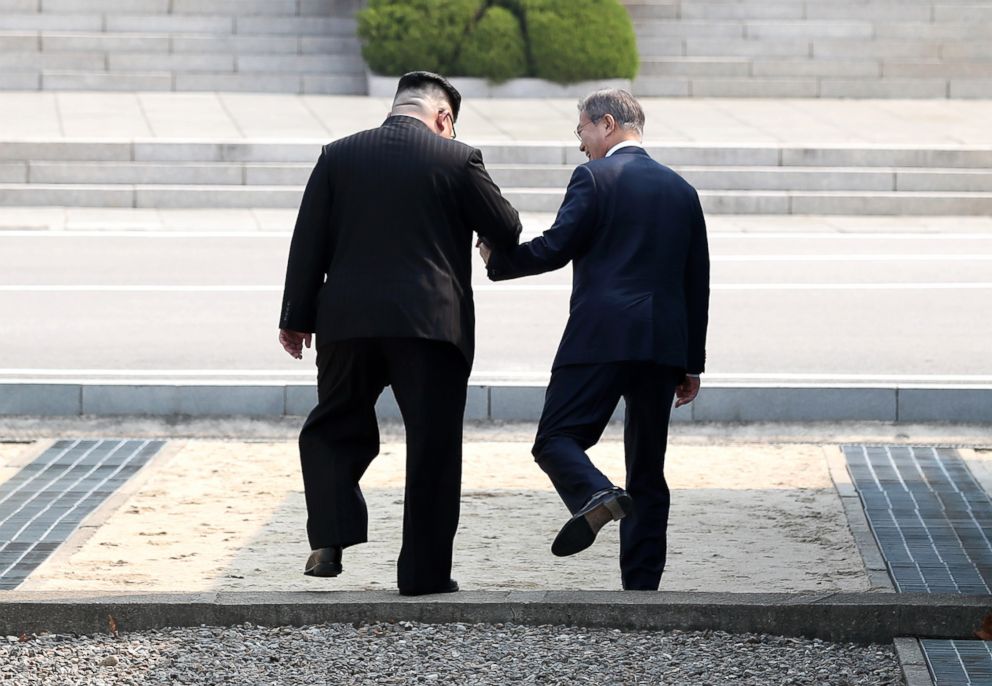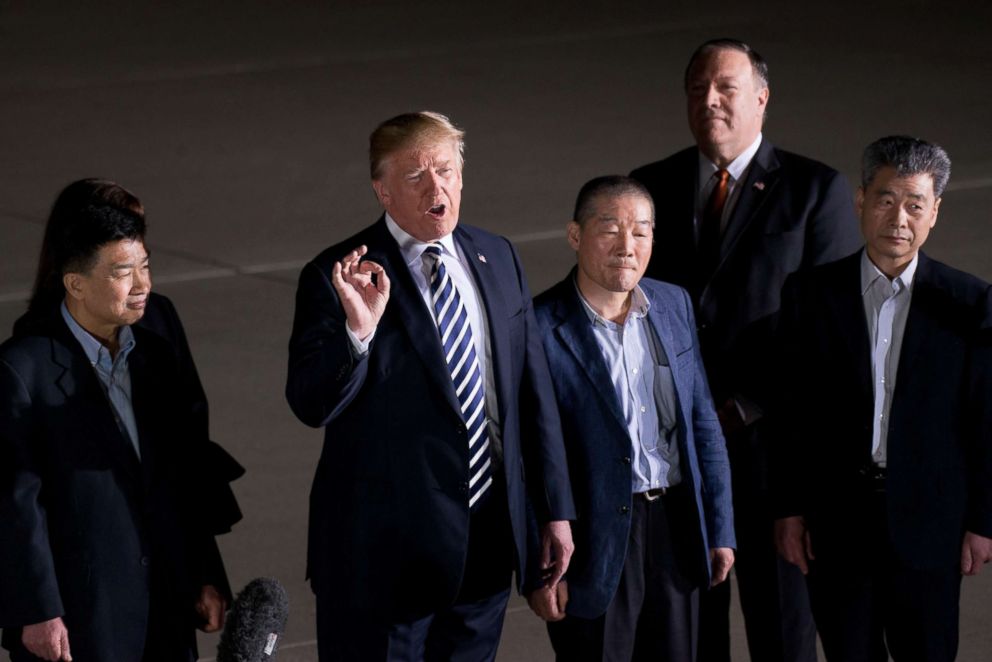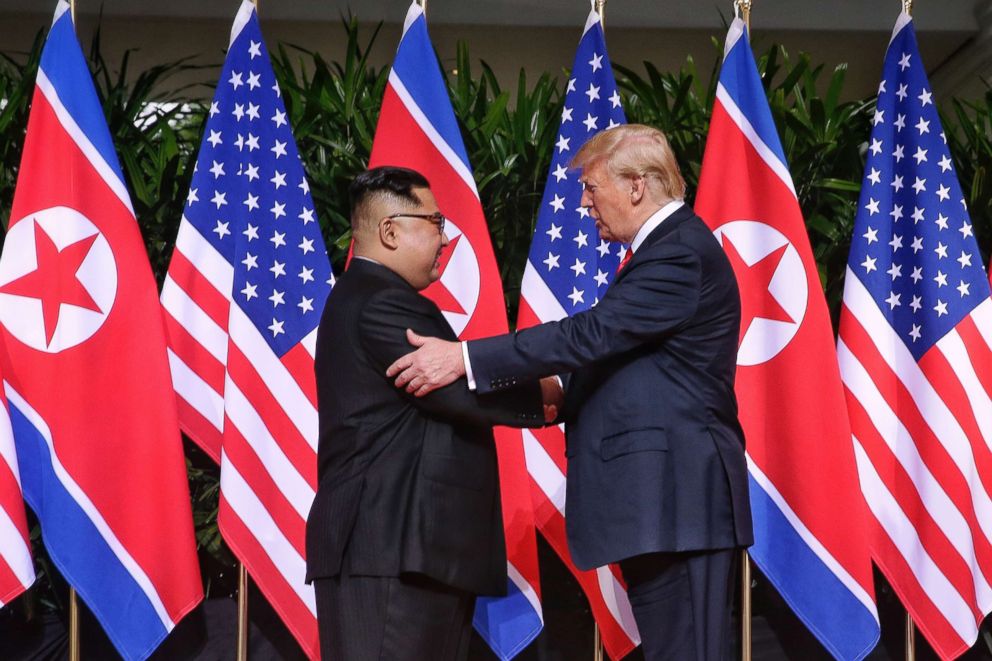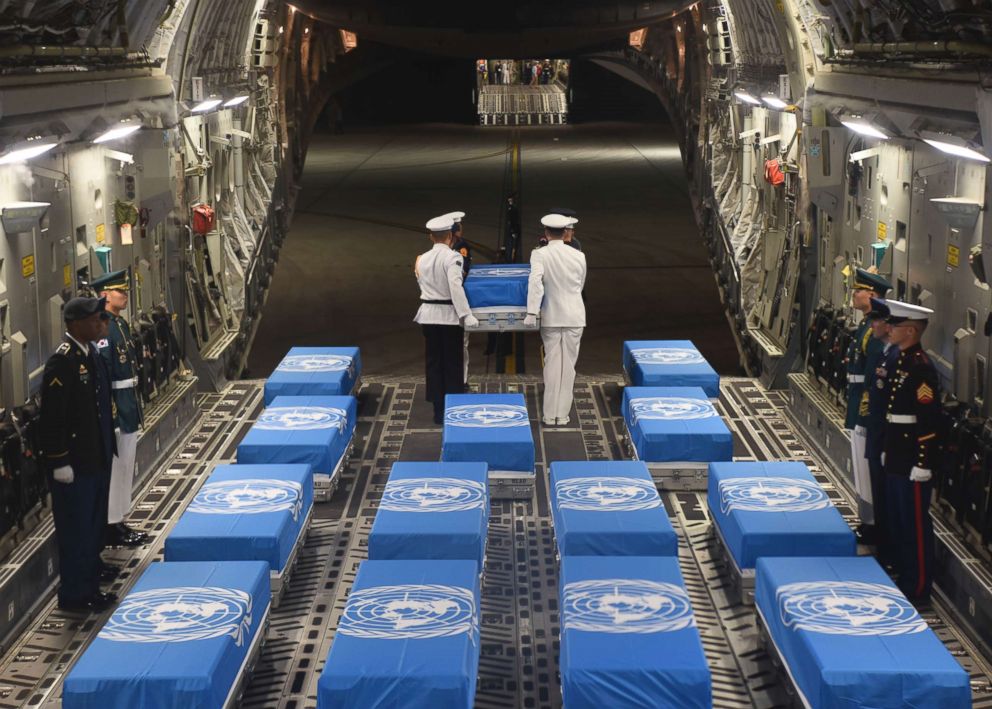How the Olympics pulled back the veil on North-South Korea relations: Reporter's notebook
The Olympics revealed striking details about North-South Korea relations.
Pyeongchang -- Reporting on North Korea as a journalist is often a frustrating experience. It is like collecting random pieces of a puzzle and trying to put them together without knowing whether the pieces belong in the final picture.
Talking to analysts helps sometimes, but they, too, are in the guessing game to come up with a broader narrative. The only glimpse of any accountable information from North Korea’s central power system is their two forms of state media, Korea Central News Agency (KCNA) and Rodong Newspaper.
But that, too, is only what the communist state selectively wants the world to see.
The seesaw relationship between North Korea and the United States
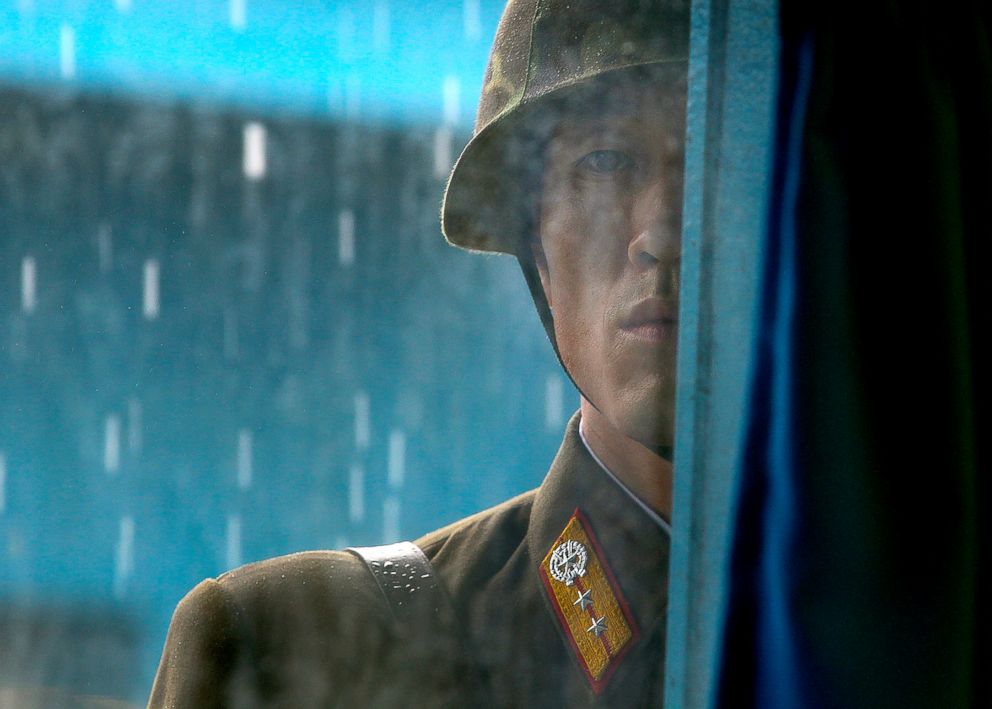
Based in Seoul, South Korea, I have covered news related to the "Hermit Kingdom" for more than two decades. During the first 10 years, I had an opportunity to visit several cities in the North as the two Koreas were enjoying a period of detente for the first time since the Korean War ended with an armistice agreement in 1953.
The trips were refreshing in that I was able to interact with the actual people of the North. What struck me the most for the first few trips was that they are not the "red communist monsters with horns," as I had learned in middle school under South Korean education system; they were just normal people struggling to survive the devastating famine that hit in the late 90s.
Minders, restaurant staffs and translators were all shockingly paranoid that the "big powerful evil imperialist Uncle Sam" with "big noses" wearing the top hat was "determined to invade" and "demolish" their proud nation. In short, the sense of insecurity was overwhelmingly prevalent.
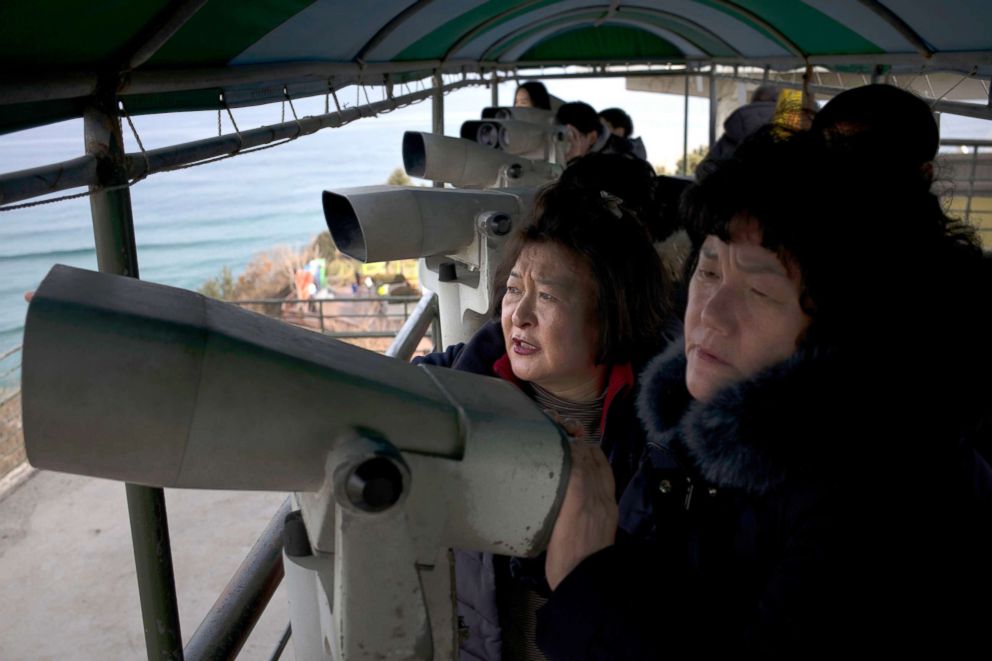
The following 10 years was a rollercoaster ride for the Koreans, both North and South. Pyongyang relentlessly provoked the world with its fast-growing missile and nuclear weapons program. Seoul took a hardline stance, eventually cutting off all economic and cultural ties with the North.
As for Washington, as much as the Obama administration repeatedly attempted a carrot-and-stick approach with North Korea, the six-party talks including Japan, China, and Russia did little to contain the nuclear crisis.

Now with a powerful nuclear button -- perhaps not as big as President Trump’s -- in the hands of a new young aspiring leader, Kim Jong-un, North Korea is more confident than ever to make a grand comeback onto the world stage. The Winter Olympics proved a perfect opportunity, and its leaders have seemed to have seized the limelight.
As the Games come to an end, here are four new things revealed about the complicated relationship between the U.S., South Korea, and North Korea.
President Moon tried to mediate Pyongyang and Washington, but fell short
The liberal president is determined to "sit in the driver’s seat" in hopes of untangling the complex nuclear crisis situation. But neither Kim Jong-un nor President Trump wants to hop in the car.
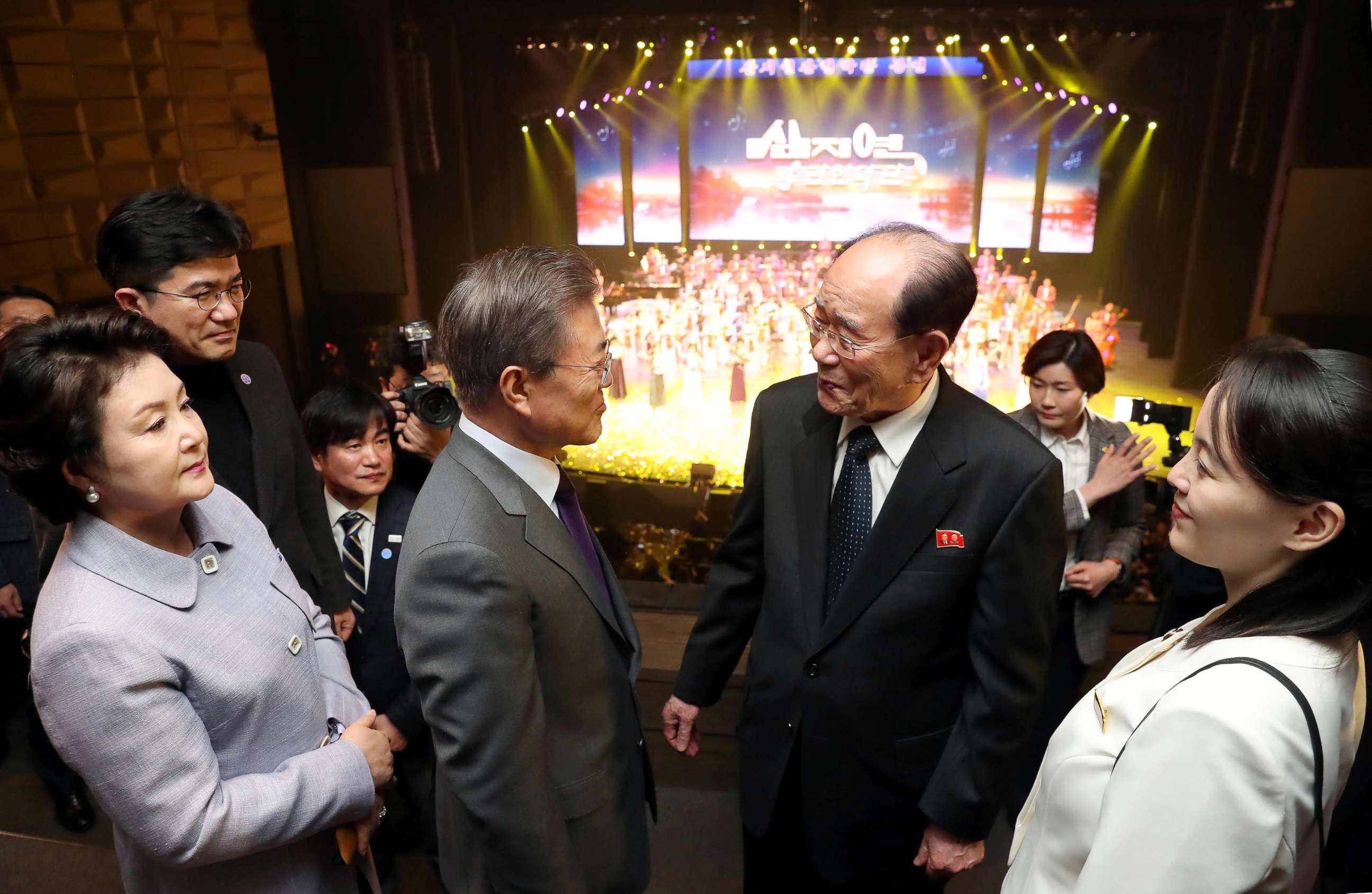
Moon deserves credit for getting the North Koreans to attend the Olympics, but it’s a big risk that could be misunderstood from Washington’s perspective. His efforts to get the two sides to make any sort of minimal contact failed as both Vice President Mike Pence and Ivanka Trump made it clear that that would not happen.
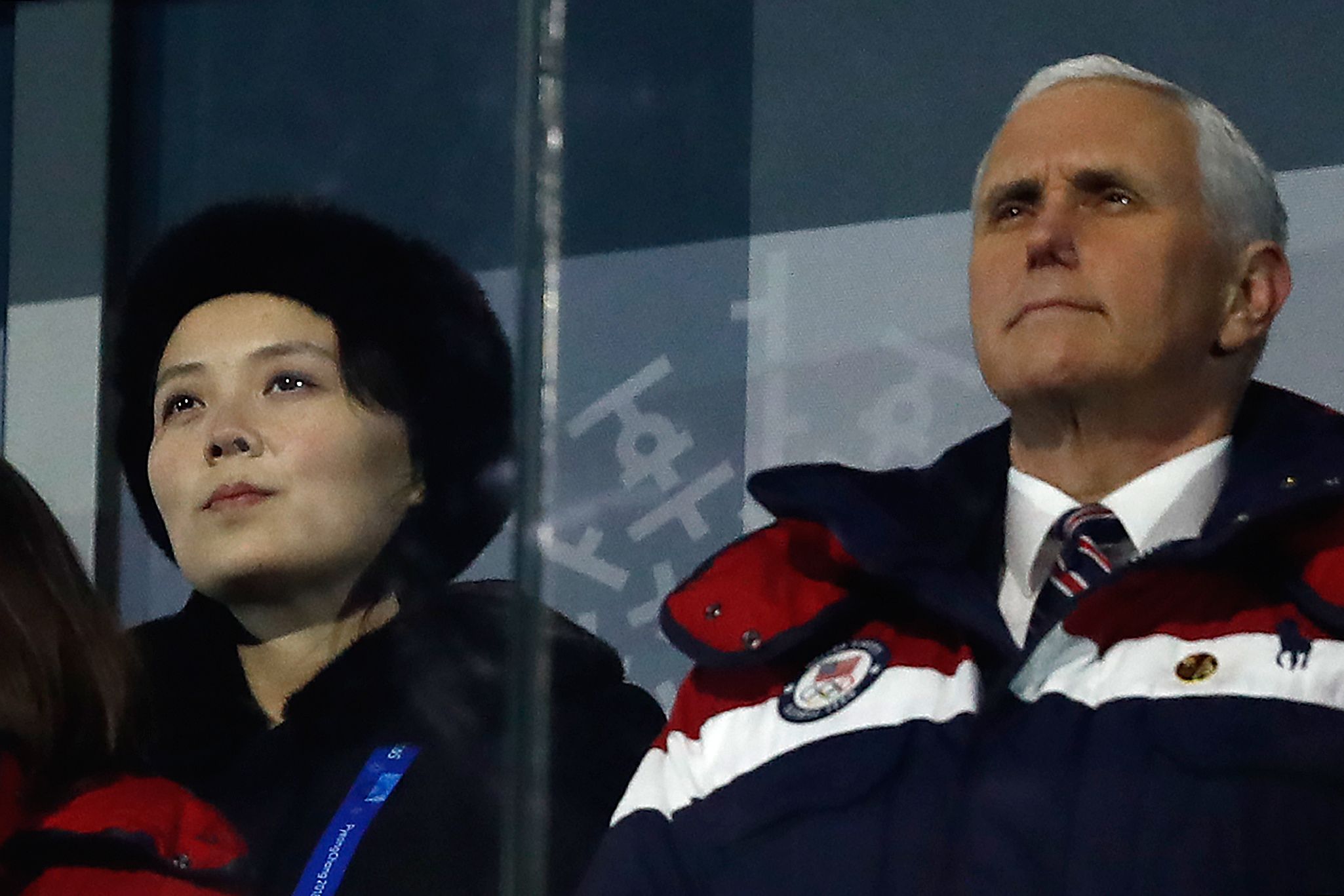
South Korean authorities carefully prepared Pence to sit at the same table with North Korea’s ceremonial head of state, Kim Yong-nam, at the welcome banquet ahead of the opening ceremony. Pence showed up late -- whether deliberately or not is unknown -- shook hands with other guests except for the North Korean representative, then walked out before dinner was served.
The most awkward moment captured was later in the evening at the opening ceremony. Pence and his wife sat next to Moon with Kim Yo-jong, the North Korean leader’s younger sister, and Kim Yong-nam, sitting just behind Moon inside the VIP box.
Pence, just a few feet away, did not throw a glance at the North Koreans throughout the ceremony, even when Moon stood up to shake hands with the two Kims.
Later in the week we learned that Pence was planning to meet secretly with the North the next day, but the North Koreans canceled at the last minute.
Ivanka Trump’s visit to the closing ceremony was another hopeful event. South Korean media were reporting perhaps the second attempt might work.
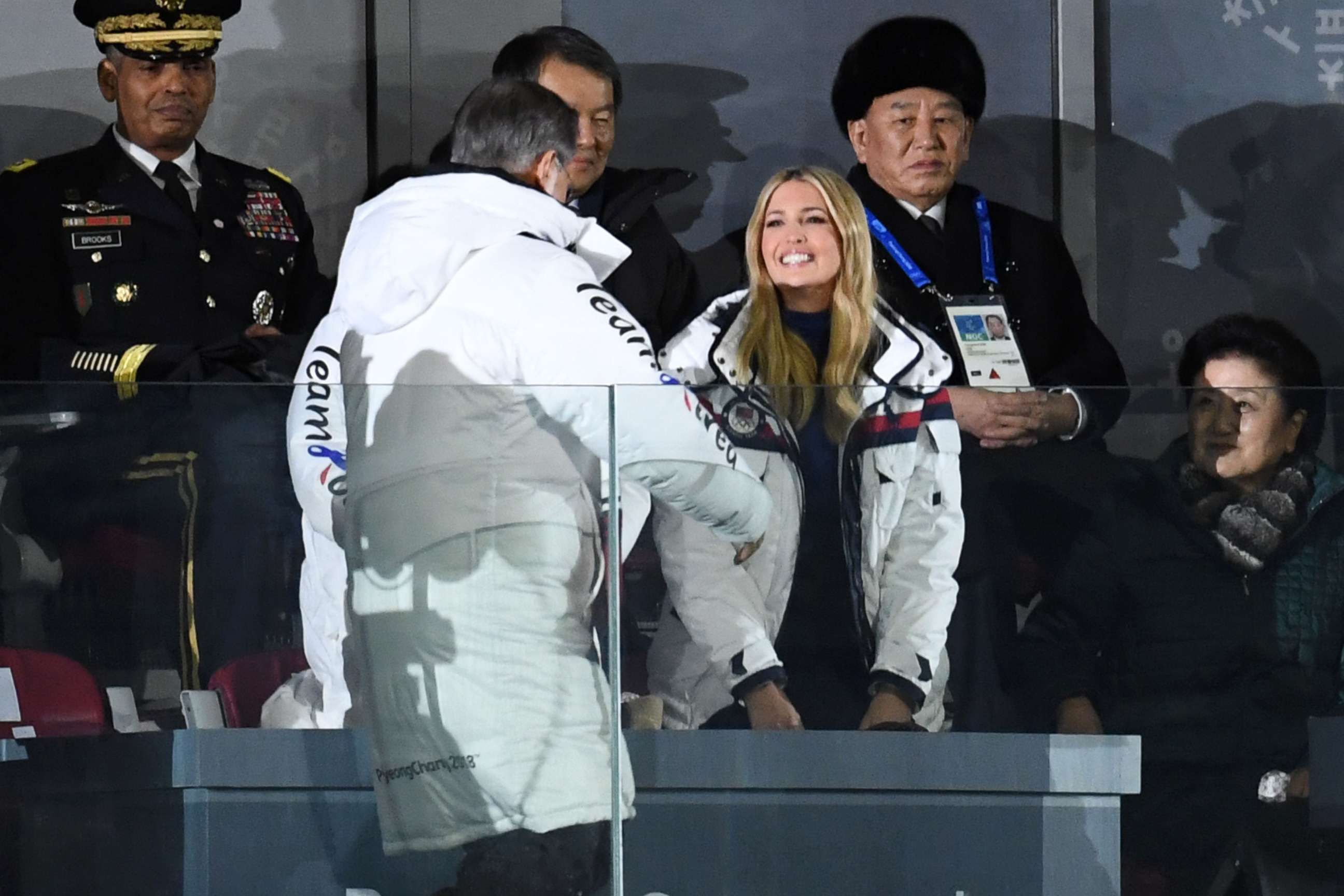
Just before the closing ceremony, Moon had an hour-long private meeting with Kim Yong-chul, the vice chairman of the North Korean ruling party’s central committee, and the rest of the North’s delegation; South’s national security advisor and the spy agency chief were there, too.
Moon’s spokesperson later announced that "North Korea is quite willing to start talks with the U.S."
Meanwhile, Ivanka Trump was sitting an arm’s length away from Kim Yong-chul in the same VIP box at the ceremony.
South Korea supports Moon’s role as peacemaker
Although a vast majority of South Koreans believe the North will never use its nuclear weapons to target the South, it stirs public insecurity and has a long-term damaging effect on foreign investment; and more seriously, it affects trade relations with China, North Korea’s ally.
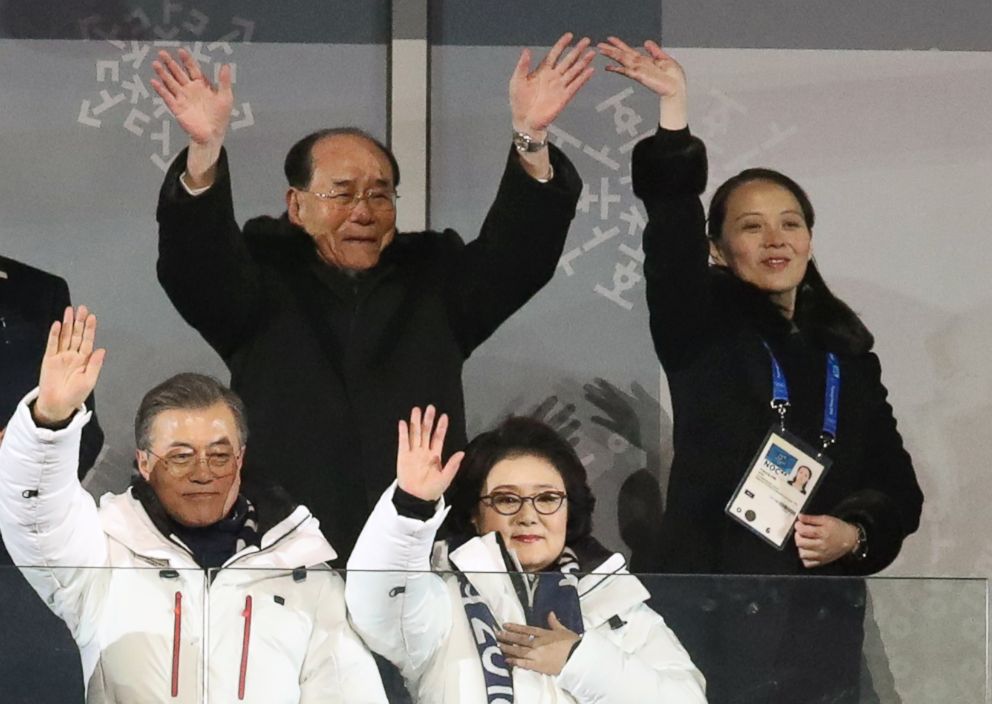
For that reason, approval ratings for Moon’s job during the Olympics surged 5 percent this week, compared to two weeks ago, to 68 percent, according to Gallup Korea.
For South Korean residents, a population of 52 million people, diplomatic solution through peaceful negotiations between the U.S. and North Korea is the only viable option. Washington’s rhetoric of "all options are on the table," "cannot rule out military option" and a "bloody nose strategy" does not sit well with average South Koreans -- especially when it comes from South Korea’s strongest ally, the United States.
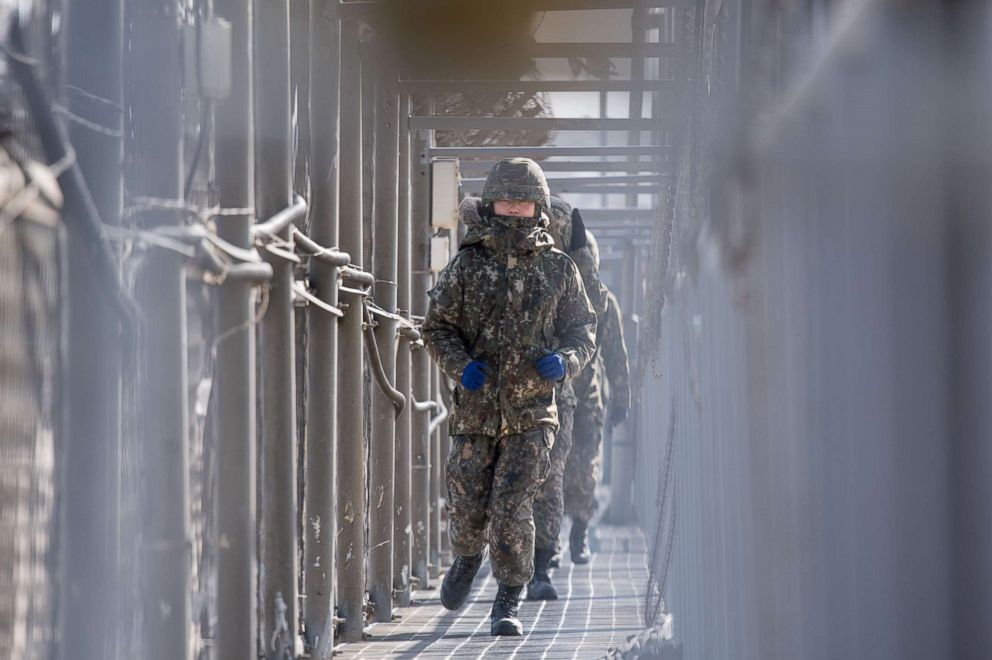
For those who are sympathetic towards the North, some of these threats are regarded as presumptuous and arrogant. What happens after the Olympics is a guessing game, given the personalities of the two heads of state. For Moon, however, this diplomatic balancing act in Pyeongchang has a popular -- albeit difficult and incomplete -- effort at home.
Moon faces challenges, too, within South Korea from the conservative opposition party. Although conservatives understand that diplomacy is the answer to the crisis, they believe Moon is giving away too much to the North Koreans.
Frictions heightened when Moon accepted Kim Yong-chul as the head of the delegation on Thursday. In addition to being the North’s chief of intelligence, Kim is reportedly the mastermind behind the 2010 torpedo attack that sank the South Korean warship Cheonan, killing 46 sailors.
He was also known to have orchestrated the shelling of the South Korean island of Yeonpyong that same year. Moon’s government now denies that Kim was behind the attacks, which to many, is a weak excuse to calm down fierce opposition from within.
Introduction of women in power: Kim Yo-jong, Ri Sol-ju, Hyon Song-wol
North Korea’s decision to send the leader’s younger sister, Kim Yo-jong, was an unexpected surprise. She is the first member of the ruling family to set foot in the South since the end of the Korean War in 1953.
Little was known about Kim, believed to be about 30 years old, except brief appearances in state events alongside her older brother, hinting at a close proximity and influence on the nation’s leader. She would often be seen walking freely around the leader whereas other senior military generals and party officials showed ultimate respect, kowtowing with hands together or taking notes.
The last appearance by Kim Yo-jong on state TV was of her, caught on tape, peeking out from the back of a stage while her brother was making a public speech.
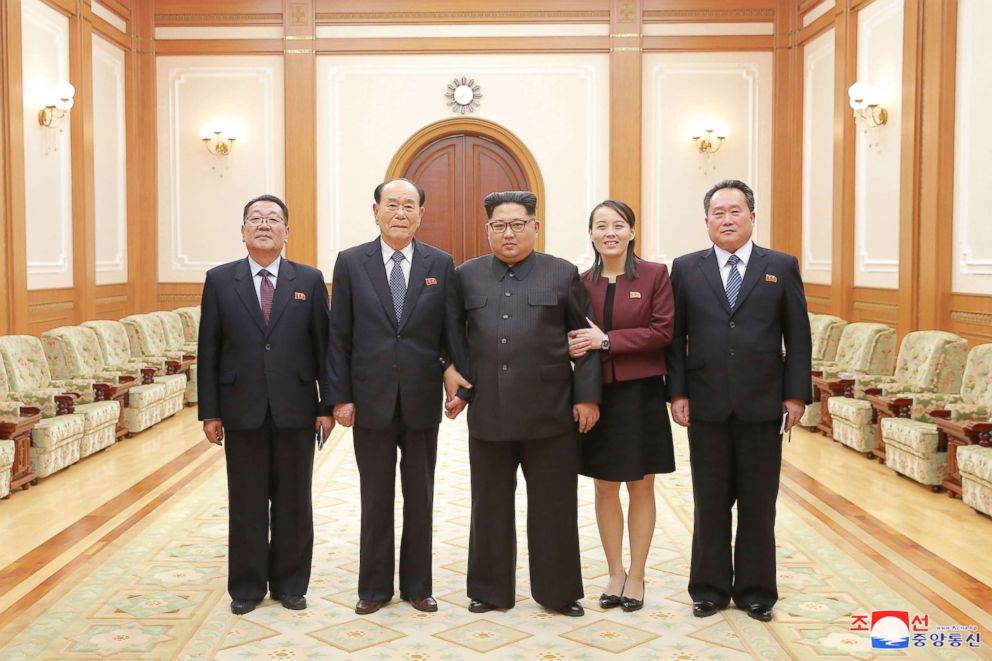
Her status within the secretive state could not have been more obvious when she arrived at the Incheon Airport. The North Korean delegation was escorted to a waiting room upon arrival, broadcast live on local TV. Kim Yong-nam, the 90-year-old ceremonial head of state, walked into the room, then waited for the "First Sister" to catch up.
He then offers her to sit down first, a rare scene in Korean culture where men or whoever’s older would have been the priority. That one gesture was enough to tell how powerful she is.
Another powerful woman showcased was Hyon Song-wol, who headed the group that inspected venues ahead of the Olympic Games and later came down again leading the 137-member North Korean art troupe to perform for the South Korean public.
Hyon is a former pop star and lead singer for North Korea’s popular Moranbong Band. She was once rumored to have been Kim Jong-un’s ex-girlfriend. The latest rumor mill has Hyon as the one who introduced Kim Jong-un to his current wife, Ri Sol-ju.
Hyon and Ri were both members of the state’s brass band and reportedly are "close like sisters." Hyon, who sported a gray mink scarf during her first visit, was spotted carrying a Chanel bag during her second trip.
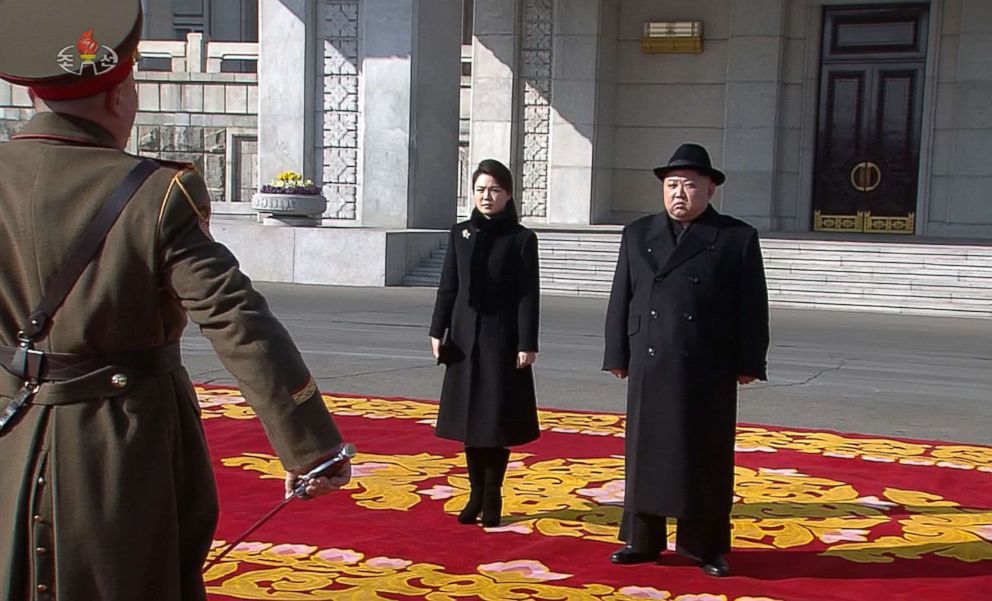
As for Ri, she is the first First Lady-like figure that North Korea has ever had. The regime has never exposed wives of its previous rulers -- Kim’s grandfather, Kim Il-sung, and father, Kim Jong-il -- to the public. Grandfather Kim is known to have had two wives, while Kim Jong-il reportedly had five wives.
But Ri has so far made her mark standing proudly next to her husband at almost every big state event, including the military parade earlier this month, and smaller visits to local schools, factories, and entertainment facilities.
Peaceful coexistence, yes. But reunification...?
The South Korean public simply does not share the same level of empathy towards its neighbors to the North anymore. As much as politicians of the two Koreas wanted to stage a "unified" front during the Olympic ceremony -- they formed, for instance, a shared team for women’s ice hockey -- the effort seemed a bit tone deaf to everyday Koreans.
At the ice hockey game in the Gwandong University in Gangneung, South Korea, two worlds -- and cultures -- seemed to collide. The North Korean cheering squad touted its perfectly choreographed routines, while the South Korean home crowd directed its attention elsewhere -- to loud, pop western music played during short intermissions.
Throughout the Olympics, South Korean spectators at first watched the North Korean cheerleaders in amusement, applauding them as they entered the venues in perfect lines of two. Some took selfies around the group, and some friendly senior citizens tried to make small talk.
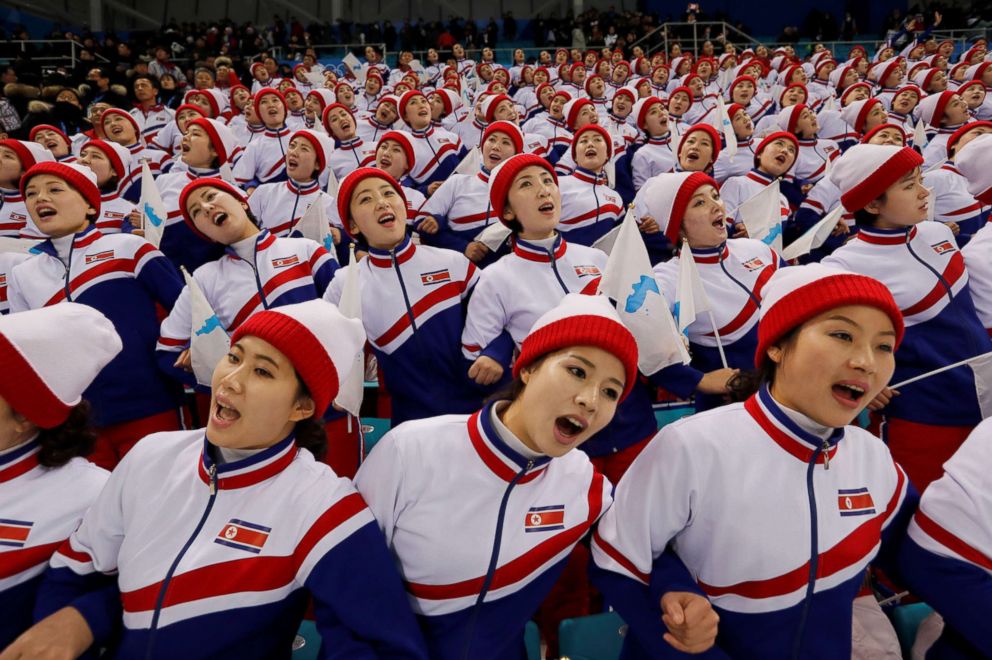
But their mannequin-like reaction soon tired out even journalists on beat assignments to follow their every move.
Rewind to 2002 and 2003, the last time North Korean cheerleaders attended sporting events in the South. Everyone, literally every North and South Korean in the stadium, sang the song “Our Wish Is Reunification,” some even in tears and holding hands. The compassionate sense of unity was strong and abound.
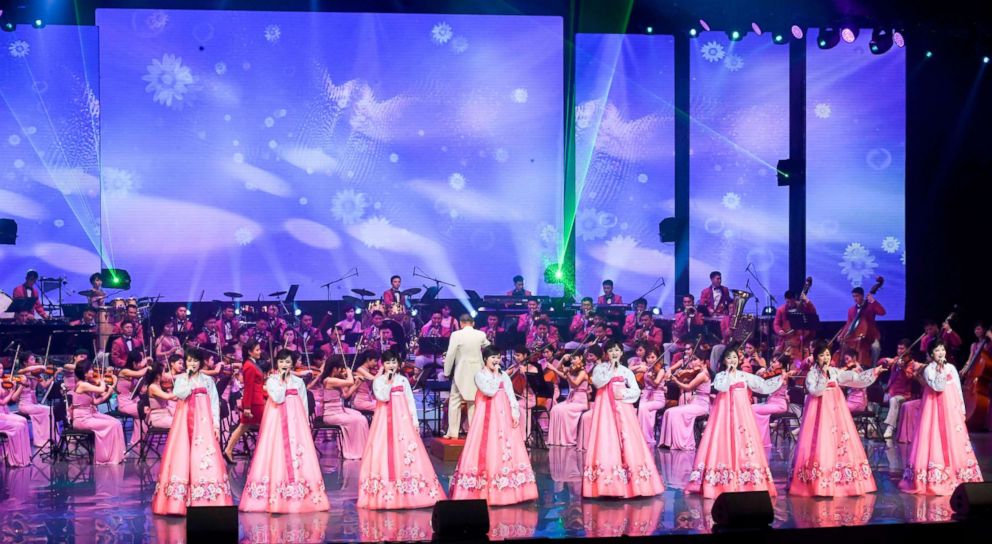
But fast forward to 2018, the contrast was sadly vivid, the cultural gap wider than ever.
Eighty-eight percent of South Koreans prefer to maintain separate but peaceful relations with the North instead of reunification, according to a recent survey by Hankook Research. Only 9.8 percent of the people polled said reunification was necessary even if the price to pay is war on the Korean peninsula.
The collective cold shoulder by the public is evident, especially among the younger generation of South Koreans, who have not had much contact with the North. For them, North Korea is nothing more than just "a faraway, bankrupt relative obsessed with building their own nuclear fortress in the deep woods," as one of my young Korean friends described it.
The new generation unquestionably does not care and certainly refuses to carry the burden of financing the North.
